When planning to renovate your bathroom or purchase a bathroom tub for your new home, a core question always arises: What size bathroom tub is suitable for my bathroom? This is a crucial step that impacts comfort, spatial fluidity, and the overall decorative style. Improper size selection will not only disrupt the balance of space but may also cause inconvenience in use and even result in wasted investment.
This article will help you understand how to choose the right bathroom tub size based on the size of your bathroom, and briefly introduce the advantages and disadvantages of common types. Whether you have a compact urban apartment bathroom or a spacious main bathroom, there are practical suggestions worth referring to here.
1. Understand the "real space" of your bathroom first
Before purchasing, please be transparent about the following data:
Available installation space: the length and width from wall to wall, excluding the net space after removing fixed equipment such as cabinets, toilets, and heating units.
Door frame and aisle size: Don't ignore the handling process. Many large bathroom tubs have to be returned because they cannot fit through the door.
Pipeline and drainage position: When selecting, try to match the existing water layout to save construction costs.
Do you need to reserve a shower area? If there is only one bathroom, most families will choose a bathroom tub with a shower function.
2. How to achieve bathing freedom in a small bathroom?
In a typical small bathroom of approximately 5×8 feet (1.5×2.4 meters), the built-in (Alcove) bathroom tub remains the most common choice. This type of bathroom tub is positioned against the wall on one or three sides, which saves space and is compatible with shower functions.
Standard bathroom tub sizes suitable for small bathrooms are as follows:
Ø Standard built-in bathroom tub: 60" x 30"
Ø Compact short bathroom tub: 48"–54" length, suitable for smaller apartments
Ø Deep soaking Japanese bathroom tub(Soaking Tub): short length and high depth, suitable for people who like to soak their whole body
Ø One-piece bathroom tub/shower combination: practical and space-saving
Ø Choosing a small bathroom tub does not mean sacrificing comfort. Modern design can provide good depth and a suitable backrest angle in a limited space, meeting the dual needs of bathing and washing.

3. Large bathrooms should pay more attention to layout and comfort
Families with more spacious areas often want to install a freestanding tub for its visual impact and added comfort. This type of tub is often placed in the centre of the space as one of the focal points of the main bathroom.
The recommended bathroom tub size for large bathrooms is as follows:
² 67"–72" length, 32"–36" width
² Double bathroom tub or double backrest design: suitable for shared use or long-term relaxation
² Slipper or oval design: more substantial support and a more comfortable backrest angle
² Walk-in bathroom tub: suitable for older people or people with limited mobility, with greater depth for full-body bathing
Bathrooms with sufficient space can also consider corner bathroom tubs , custom platform bathroom tubs and other designs, but pay attention to maintenance convenience and smooth movement lines.
4. bathroom tub size is not just a matter of "size",it also affects comfort
Not everyone needs a 72-inch extra-long bathroom tub. The real comfort experience comes from the following key parameters:
Does the length allow you to stretch naturally?
For those under 5'7" (about 170 cm) in height, a bathroom tub length of 60"–66" can provide good stretching space; taller people can consider more extended sizes.
Does the depth support shoulder immersion?
Most traditional bathroom tubs are about 14"–16" deep. If you want to soak up to your shoulders, choose a deep soaking tub type that is 18"–22" in diameter.
Is the backrest angle reasonable?
A good backrest design can effectively reduce neck pressure. Boat-shaped or inclined back designs are better than right-angled ones.
5. Hot water supply and structural load-bearing are also critical
An often overlooked factor is the hot water capacity and the floor's load-bearing capacity:
Water heater capacity: It is recommended that the water heater capacity reach two-thirds of the total bathroom tub capacity to ensure a sufficient hot water supply for a complete bath.
For example, if the bathroom tub capacity is 60 gallons, the water heater needs to be at least 40 Gallons.
Floor and structural load-bearing: Freestanding or cast-iron bathroom tubs (especially when filled with water, their weight increases significantly) are recommended to be installed on the first floor or a steel-structure floor to ensure safety.
6. Brief comparison table: Common bathroom tub types and applicable spaces
|
bathroom tub Type |
Ideal For |
Common Size (L×W) |
Notes |
|
Alcove Tub |
Small bathrooms |
60" x 30"–32" |
Space-efficient, shower compatible |
|
Compact Tub |
Tight spaces |
48"–54" x 30" |
Great for limited length layouts |
|
Soaking Tub |
Small or large |
48"–60" x 28"–32" |
Short length but deeper for full soak |
|
Freestanding Tub |
Large bathrooms |
66"–72" x 32"–36" |
Stylish centerpiece, needs clearance |
|
Walk-in Tub |
Accessible designs |
52"–60" x 28"–32" |
Deep soaking, ideal for mobility issues |
7. Conclusion: Reasonable size selection makes for a comfortable life
The process of choosing a bathroom tub involves finding a balance between space, function, and personal habits. A bathroom tub that is too large may affect the spatial layout, while a bathroom tub that is too small may not provide a comfortable and relaxing experience.
The correct approach is: Based on real measurements, combine your personal bathing preferences and space usage logic to make an informed choice. He correct size is not only more beautiful, but also easier to maintain in the future. If you are still hesitant about the size, type, or matching method, you should record the space data, then visit the store or official website to try it out and make a decision that suits you.

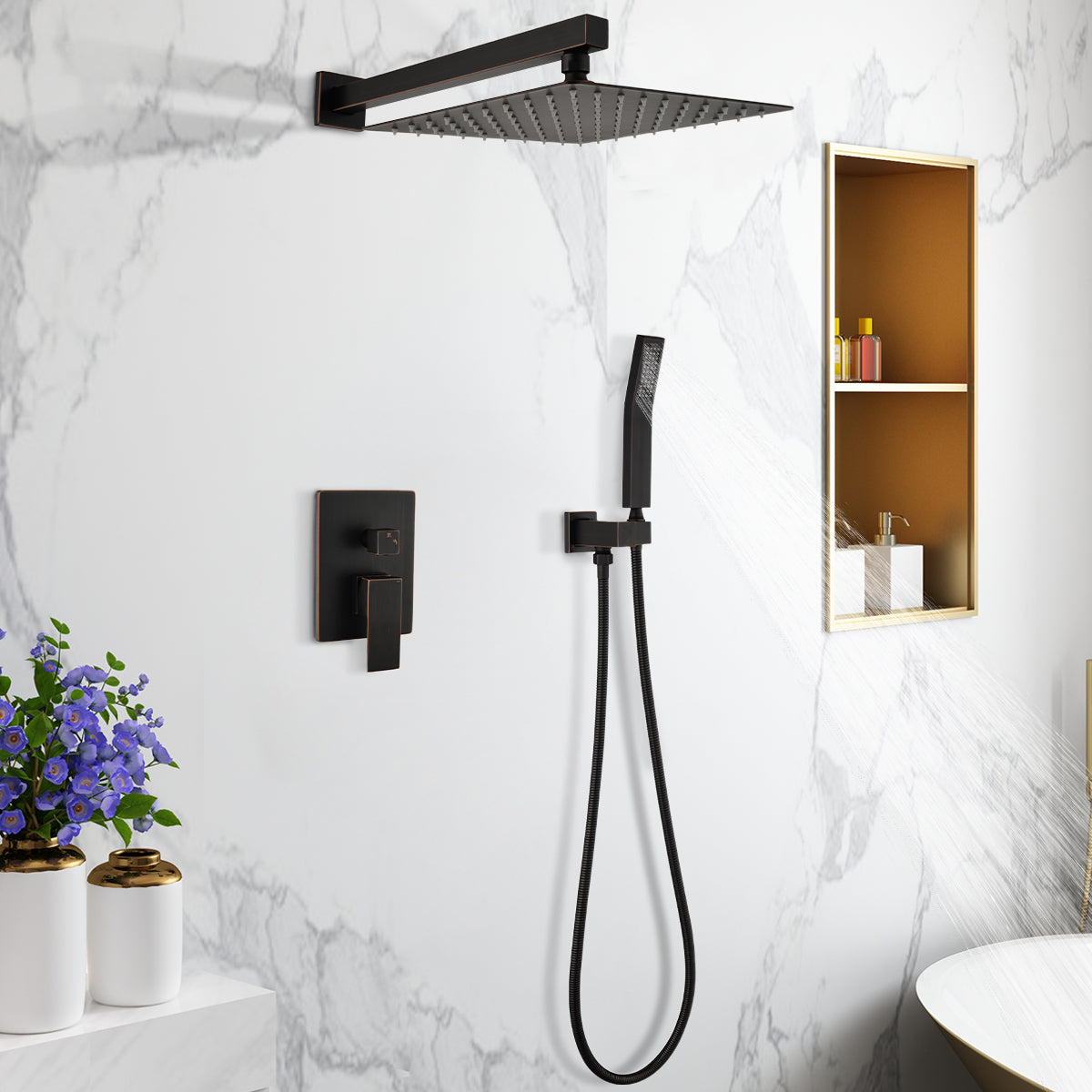
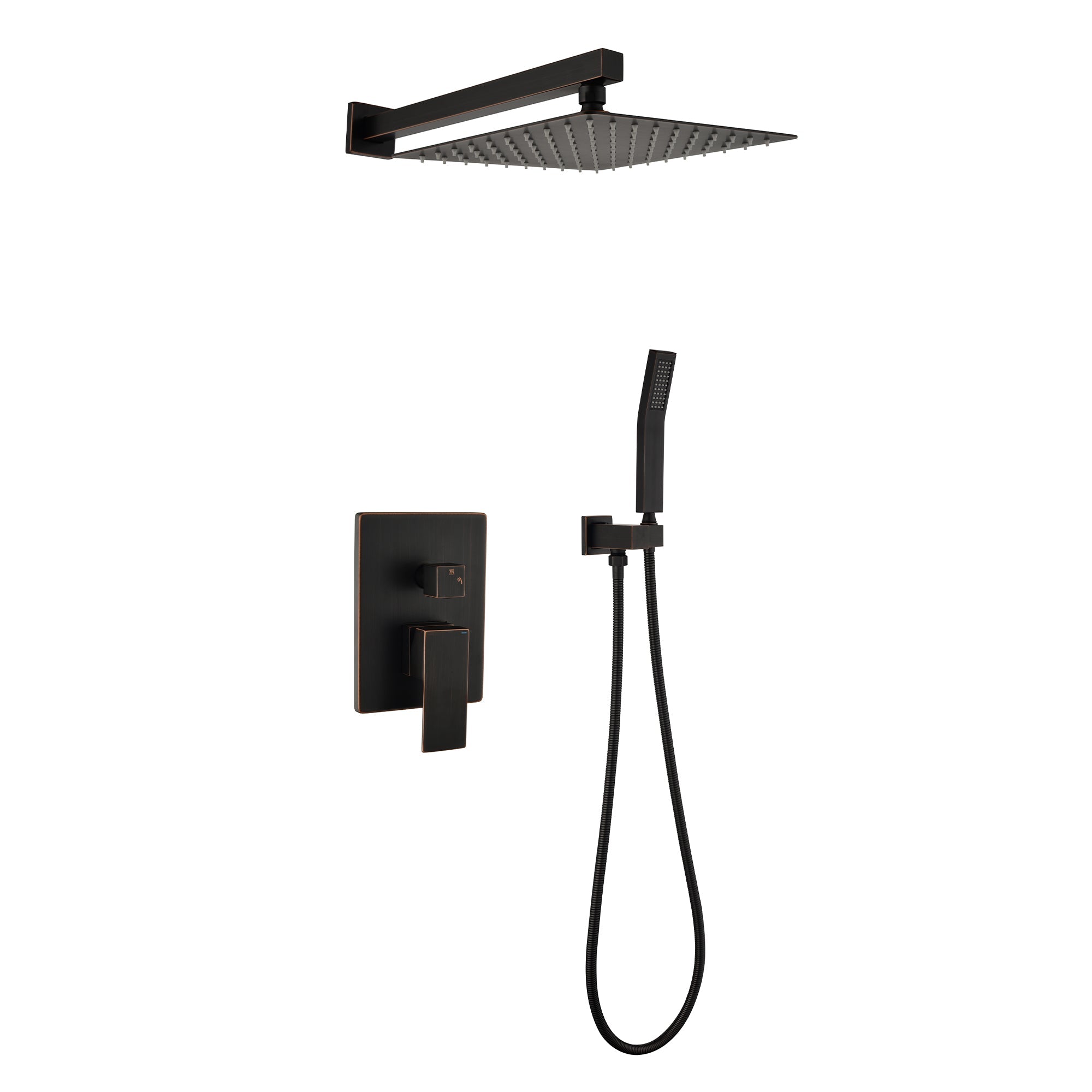


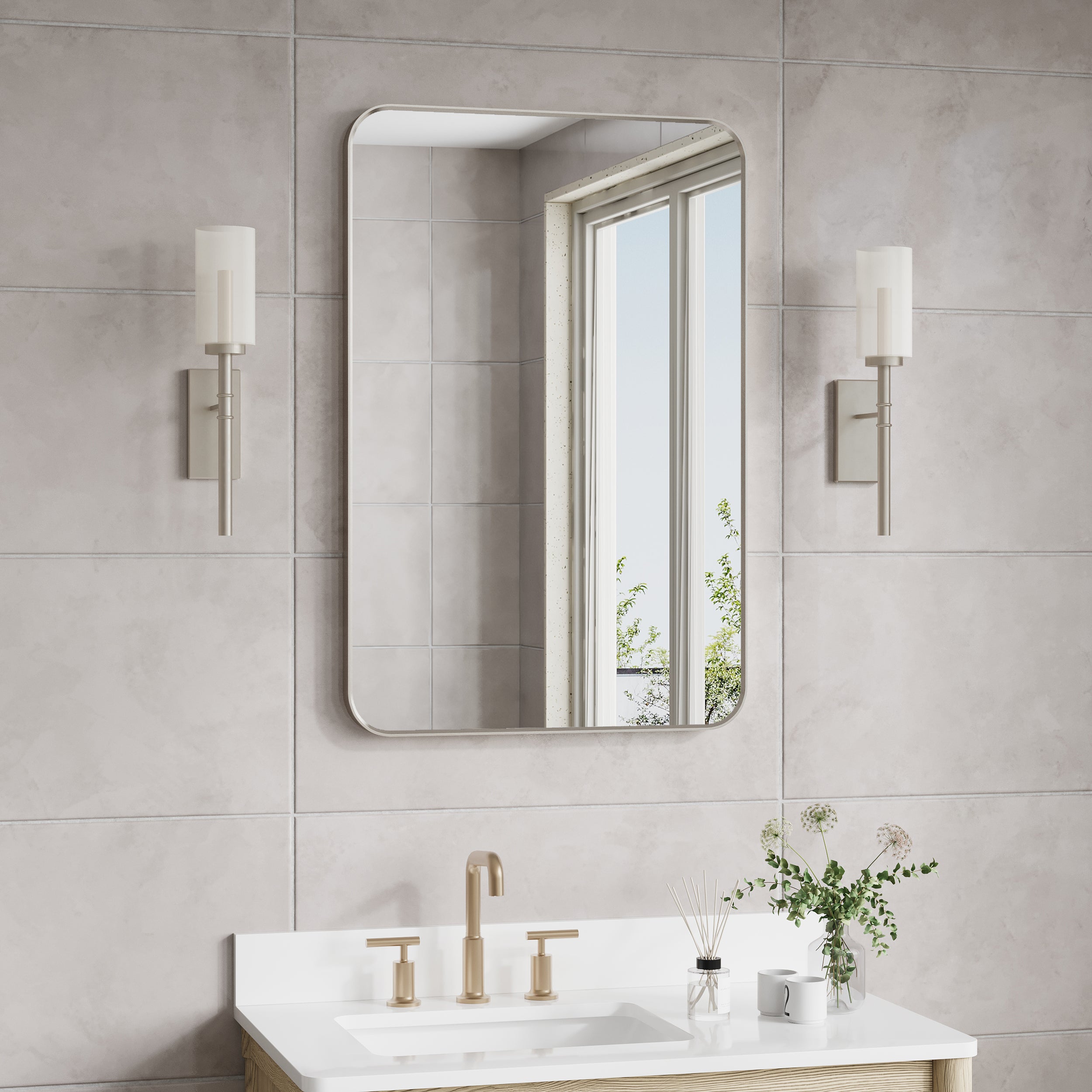
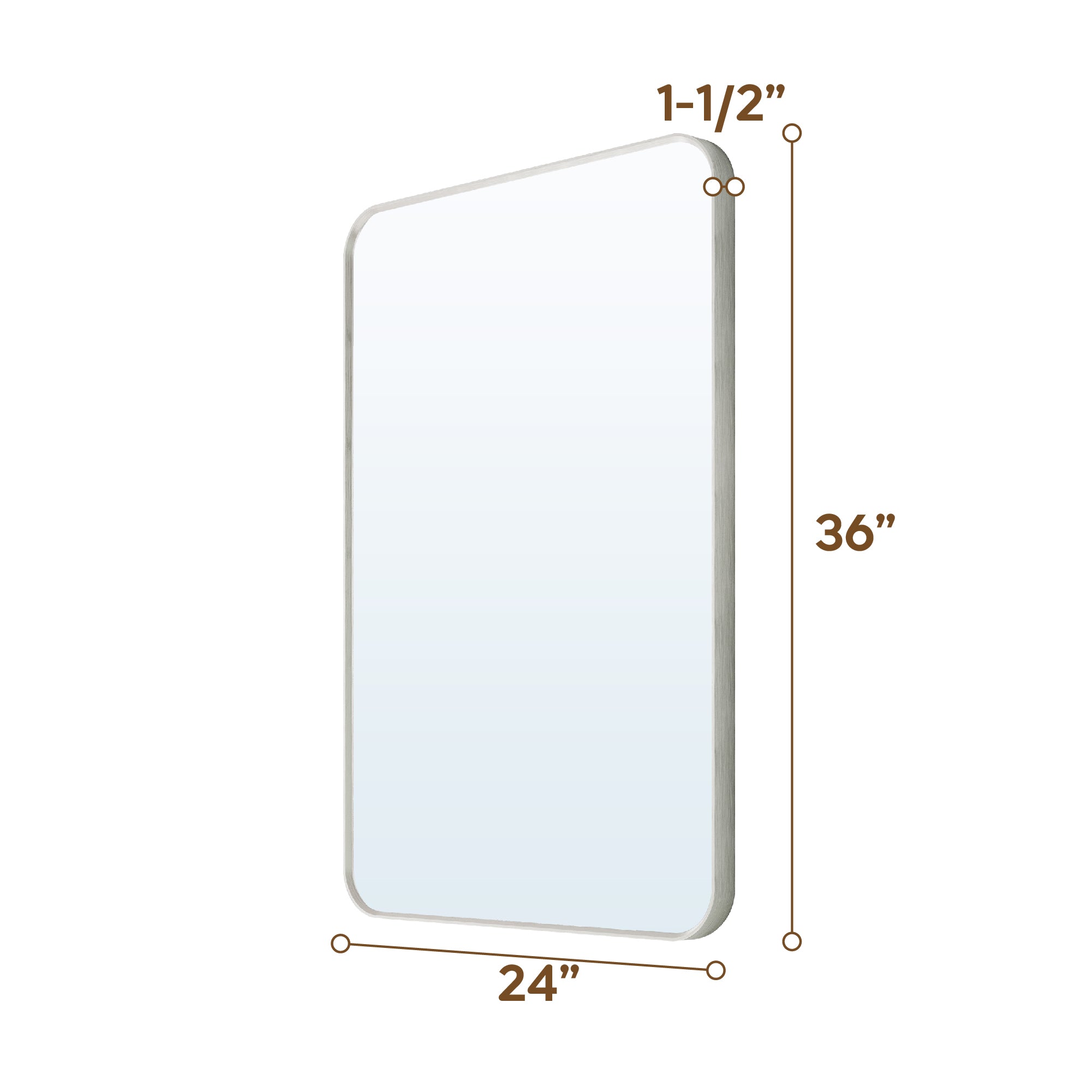

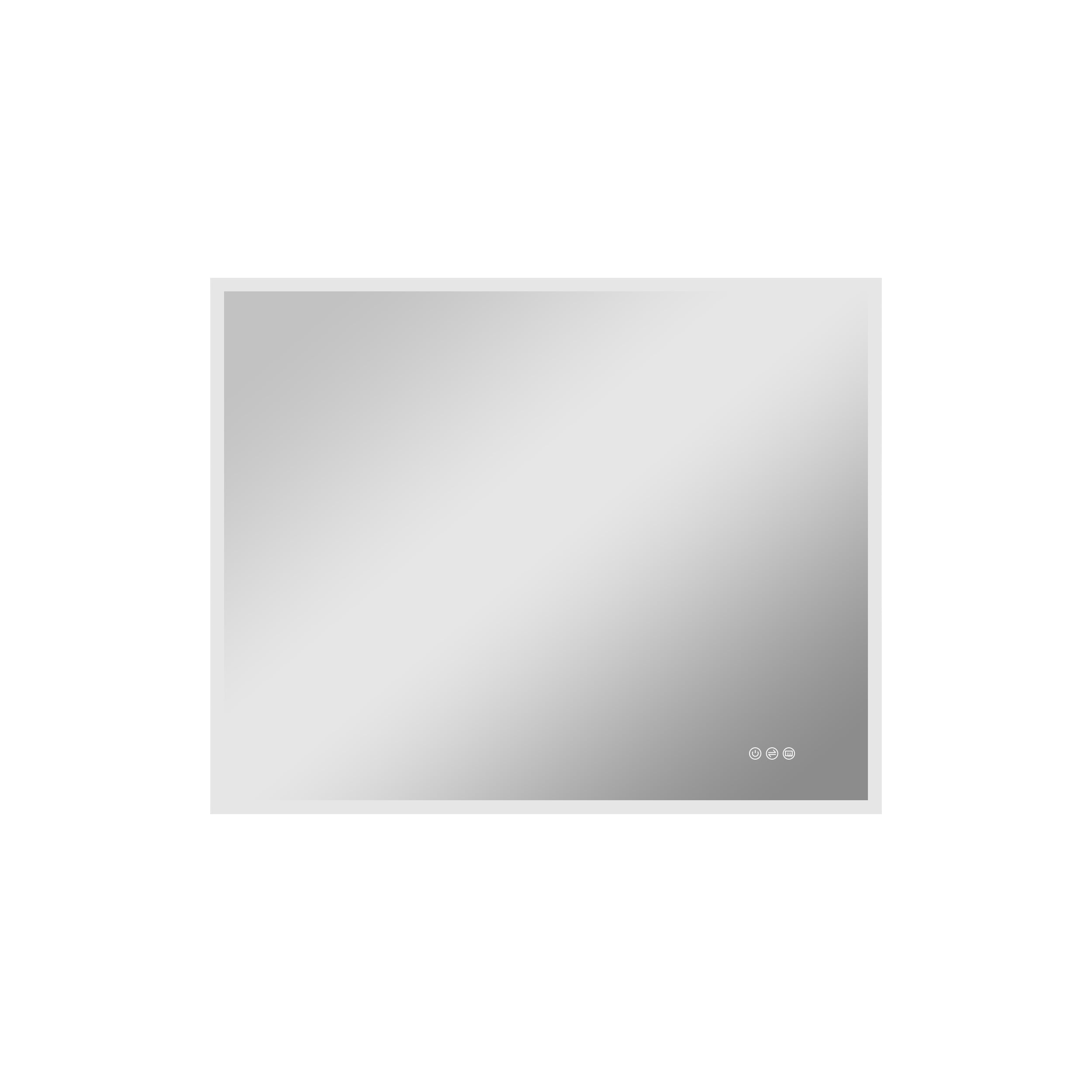
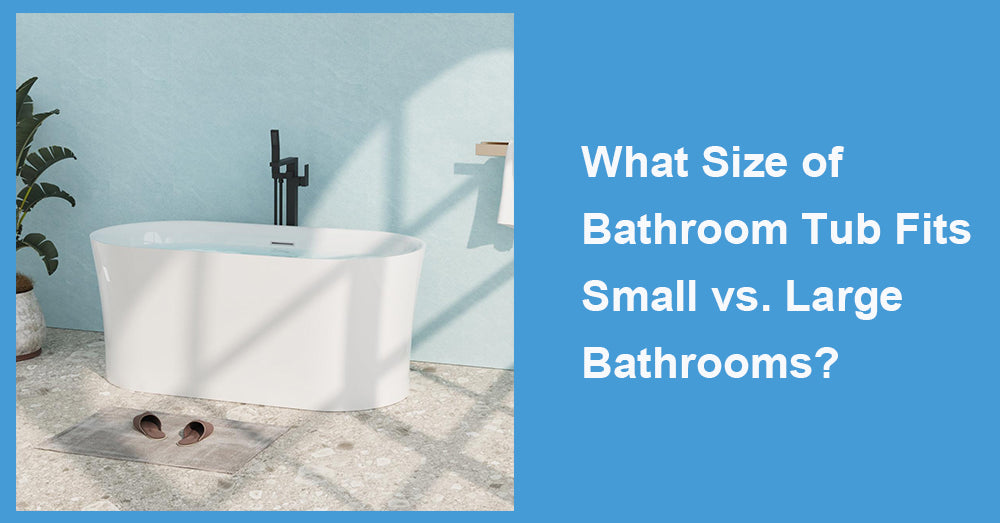
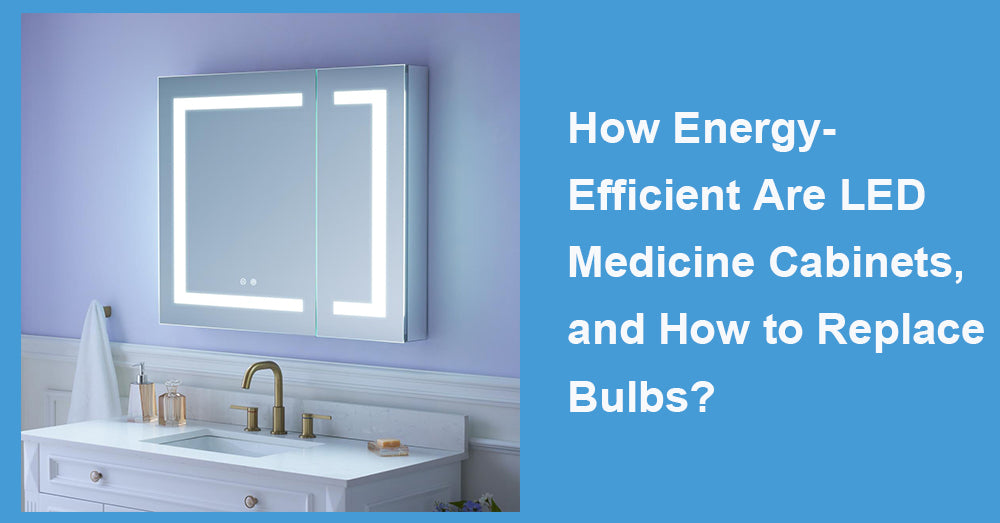

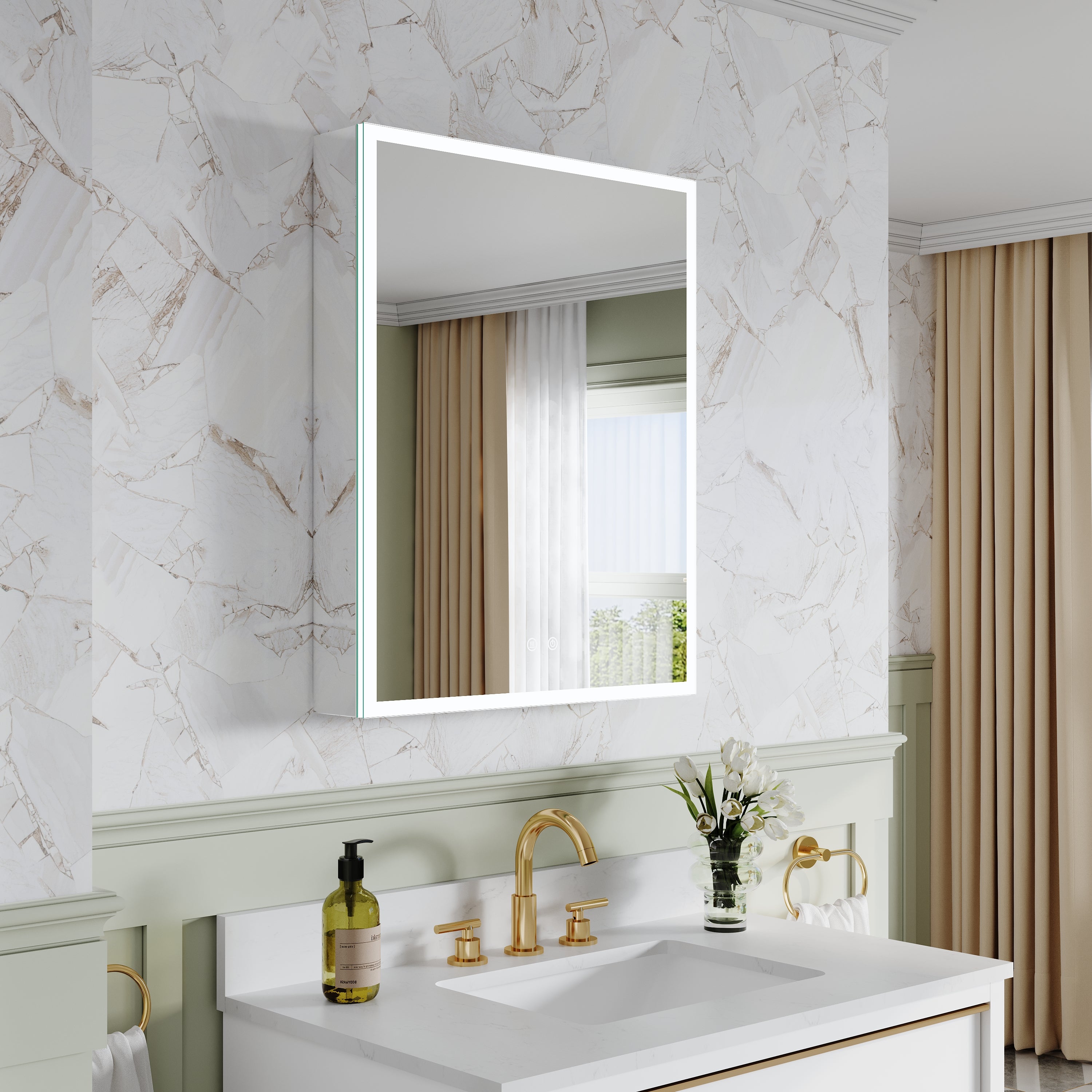
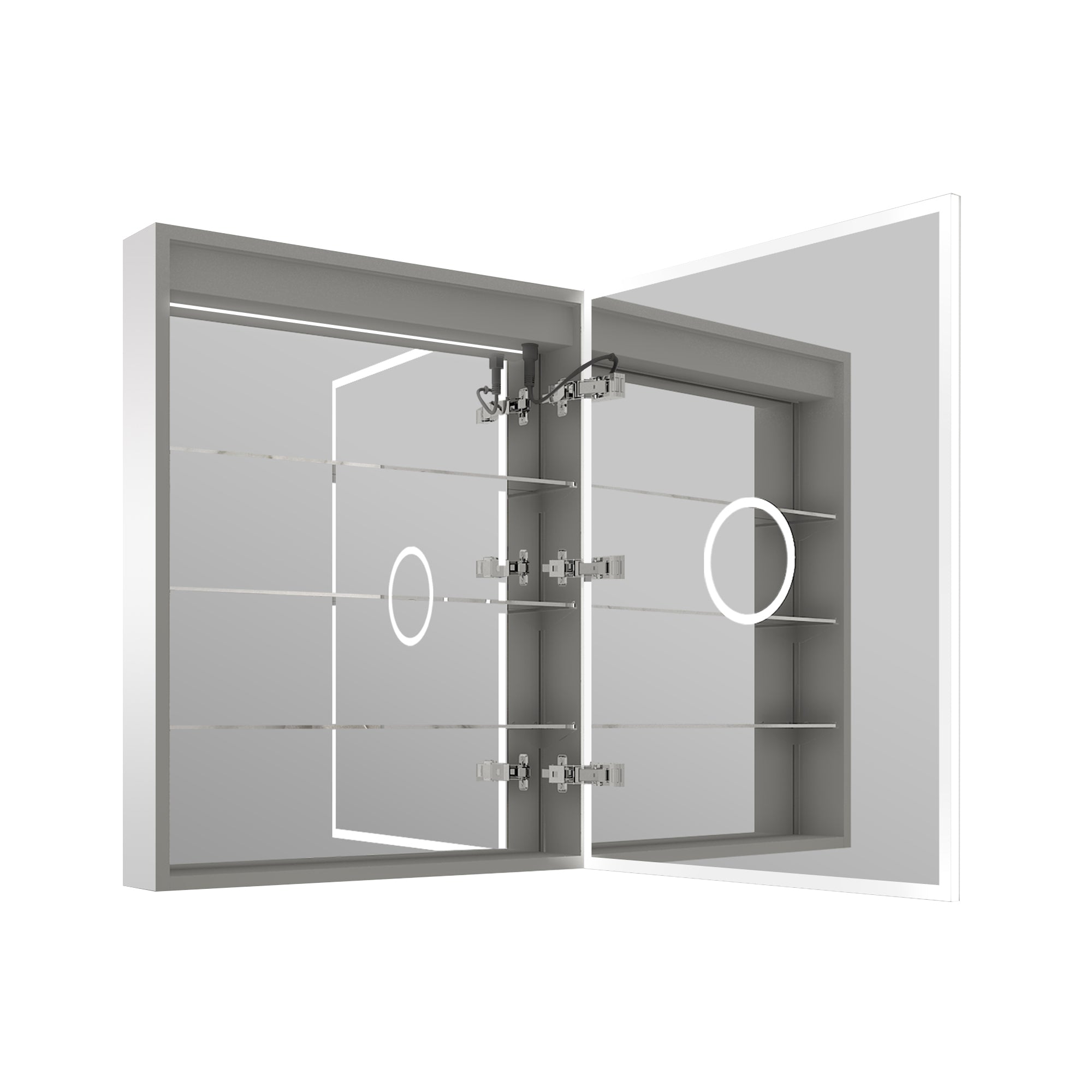
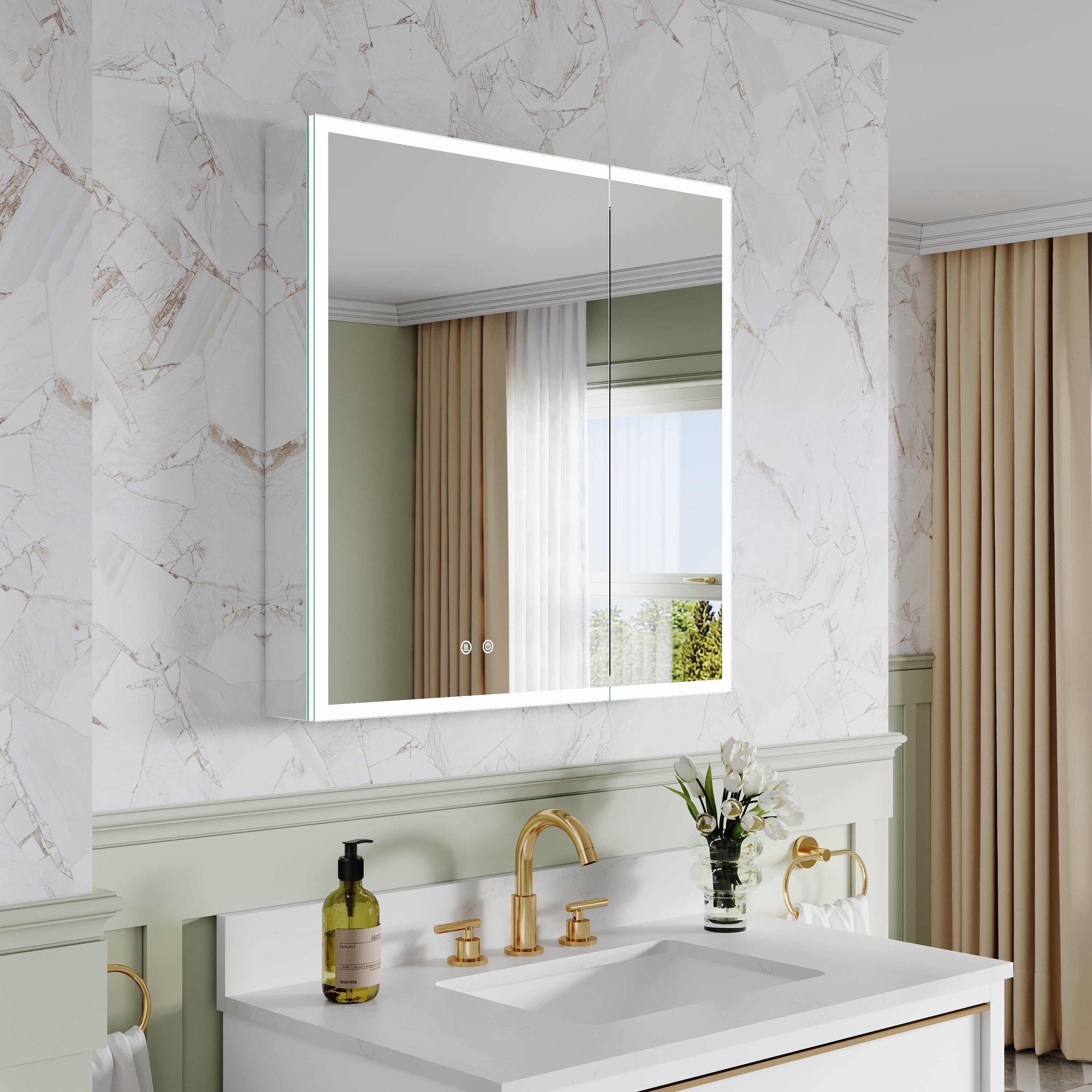
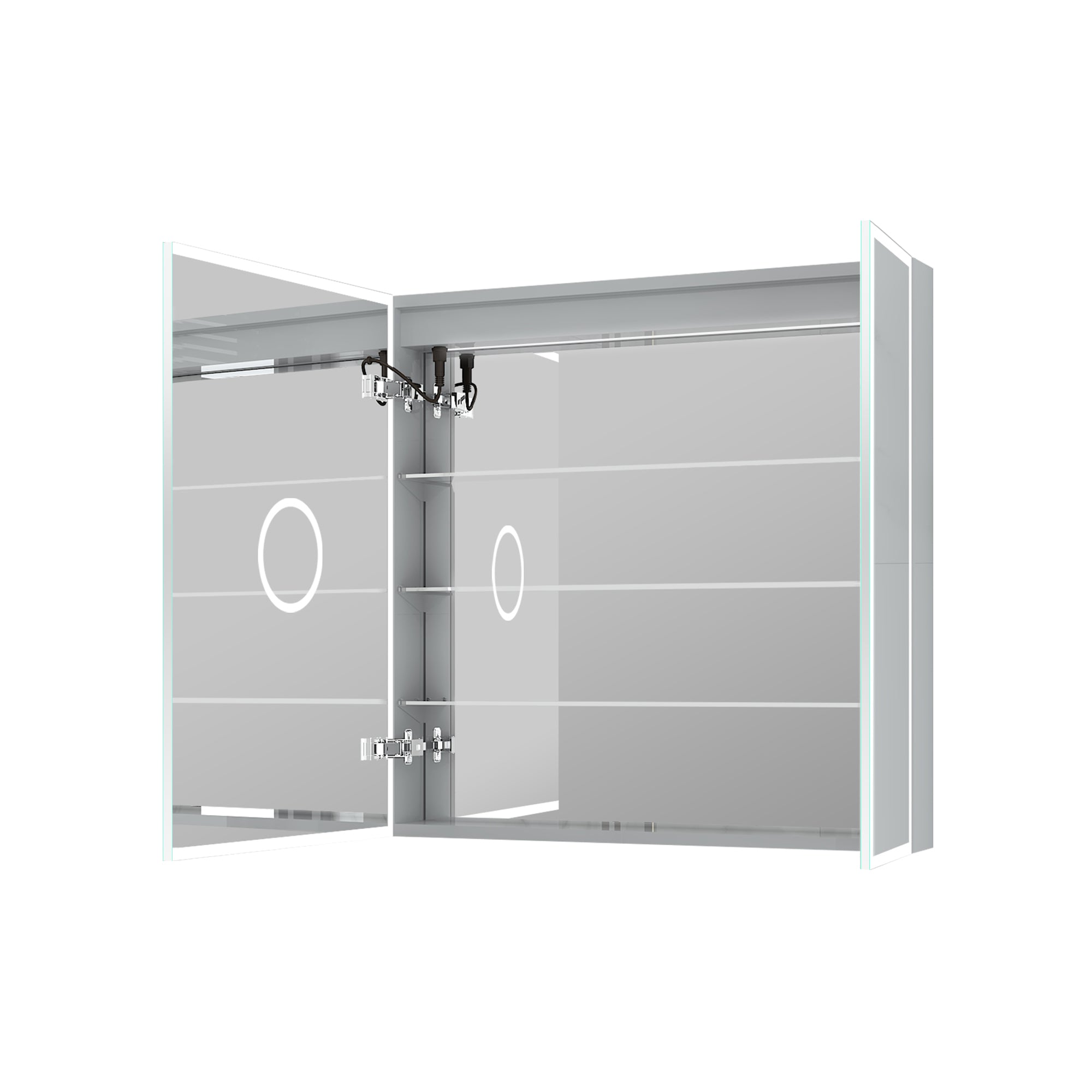
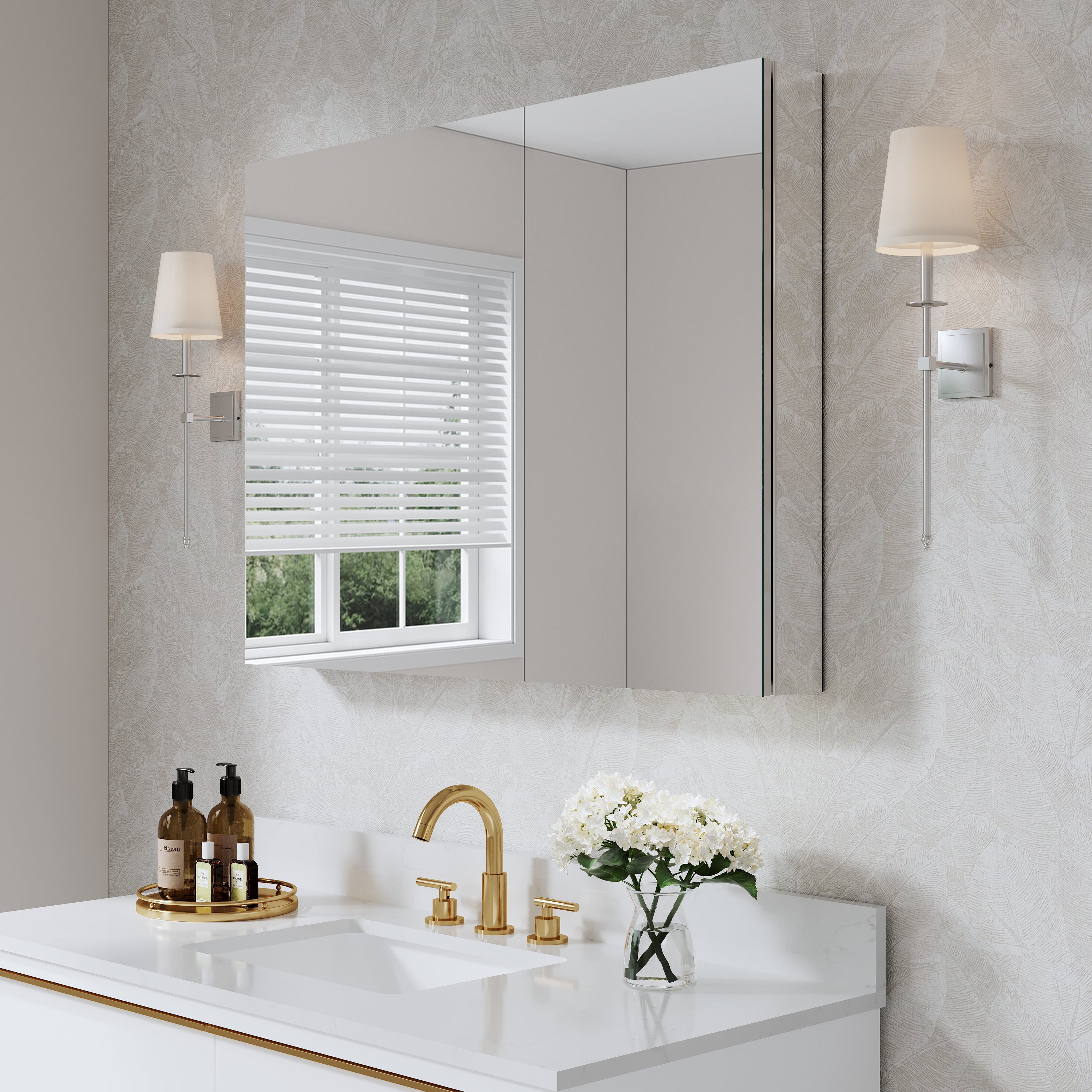

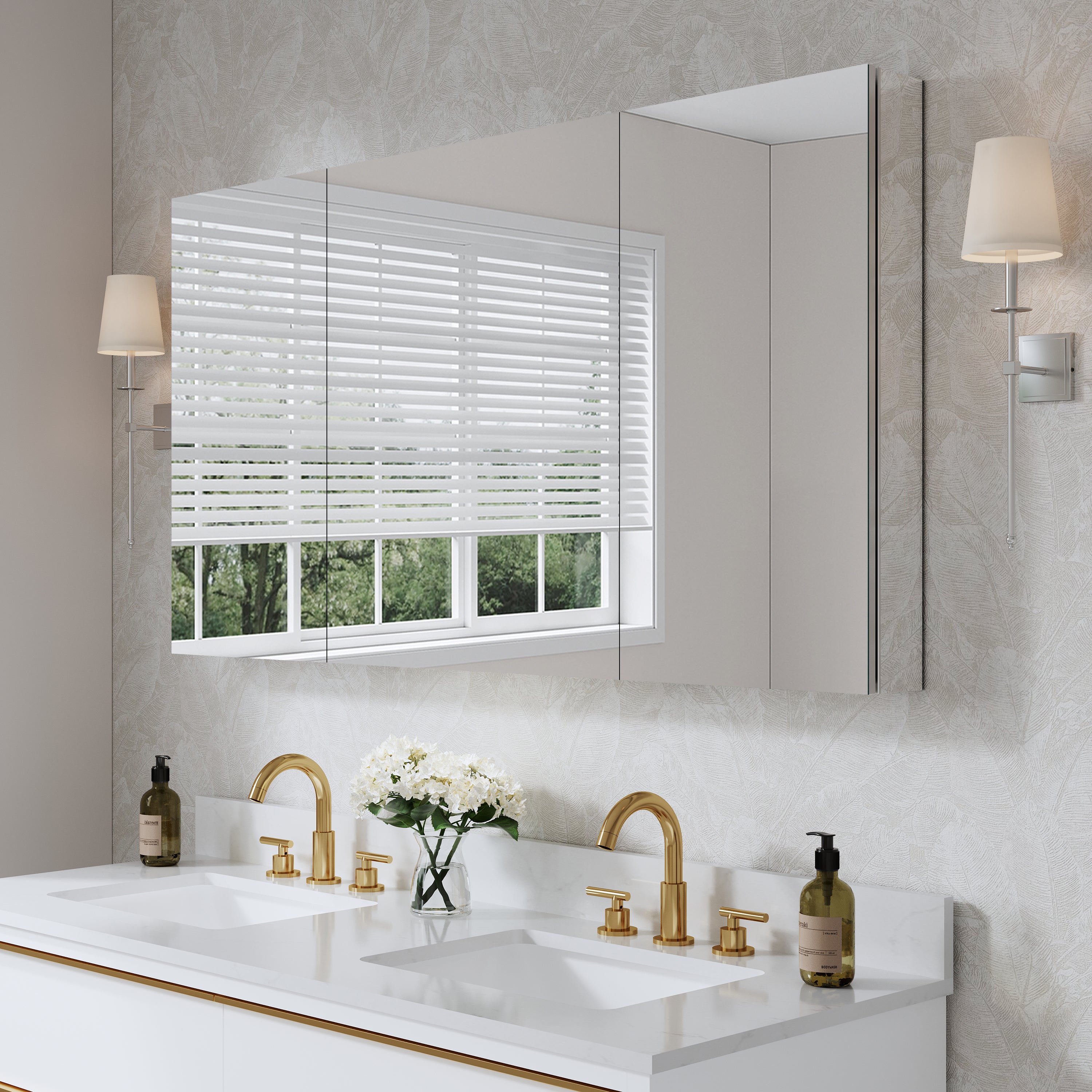

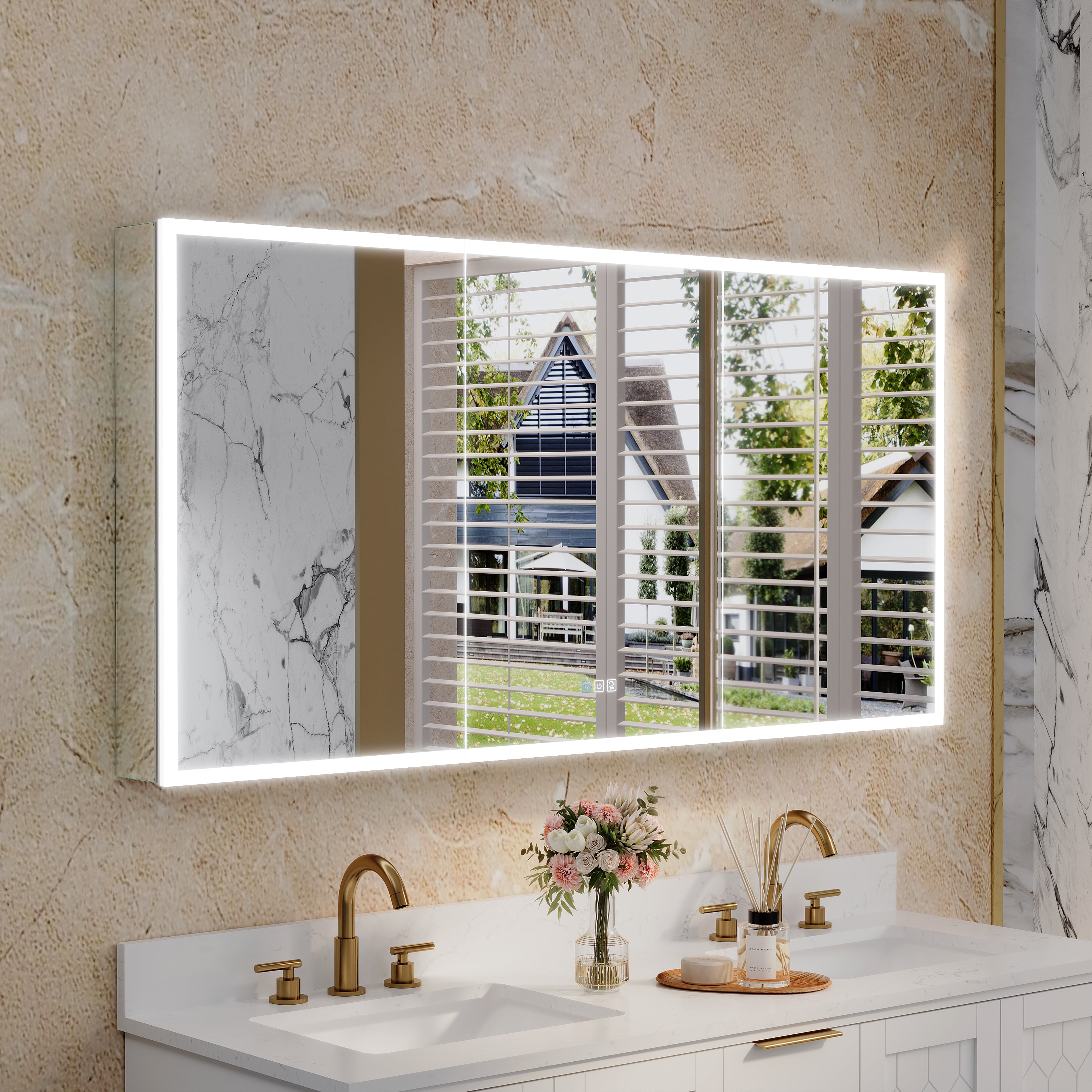

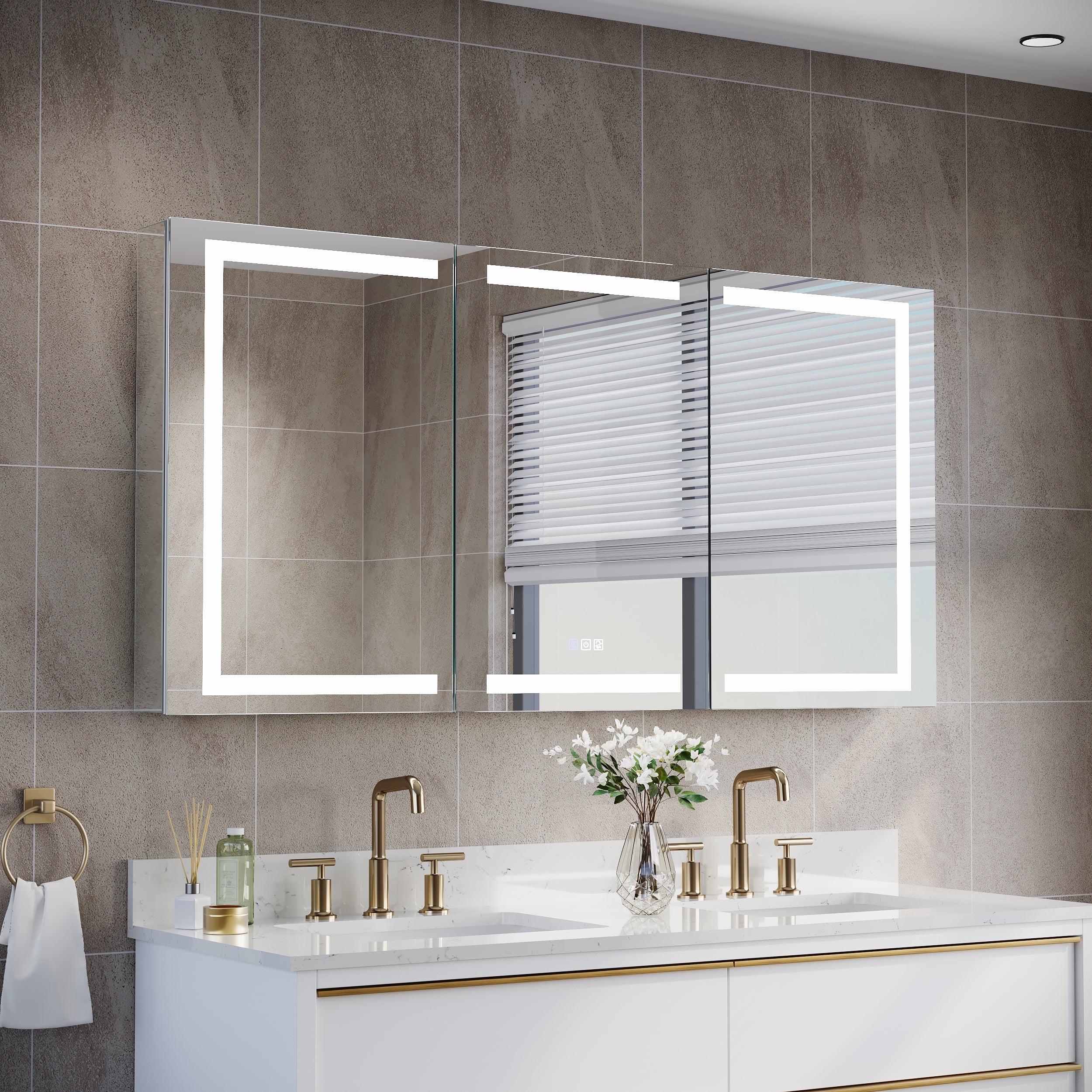


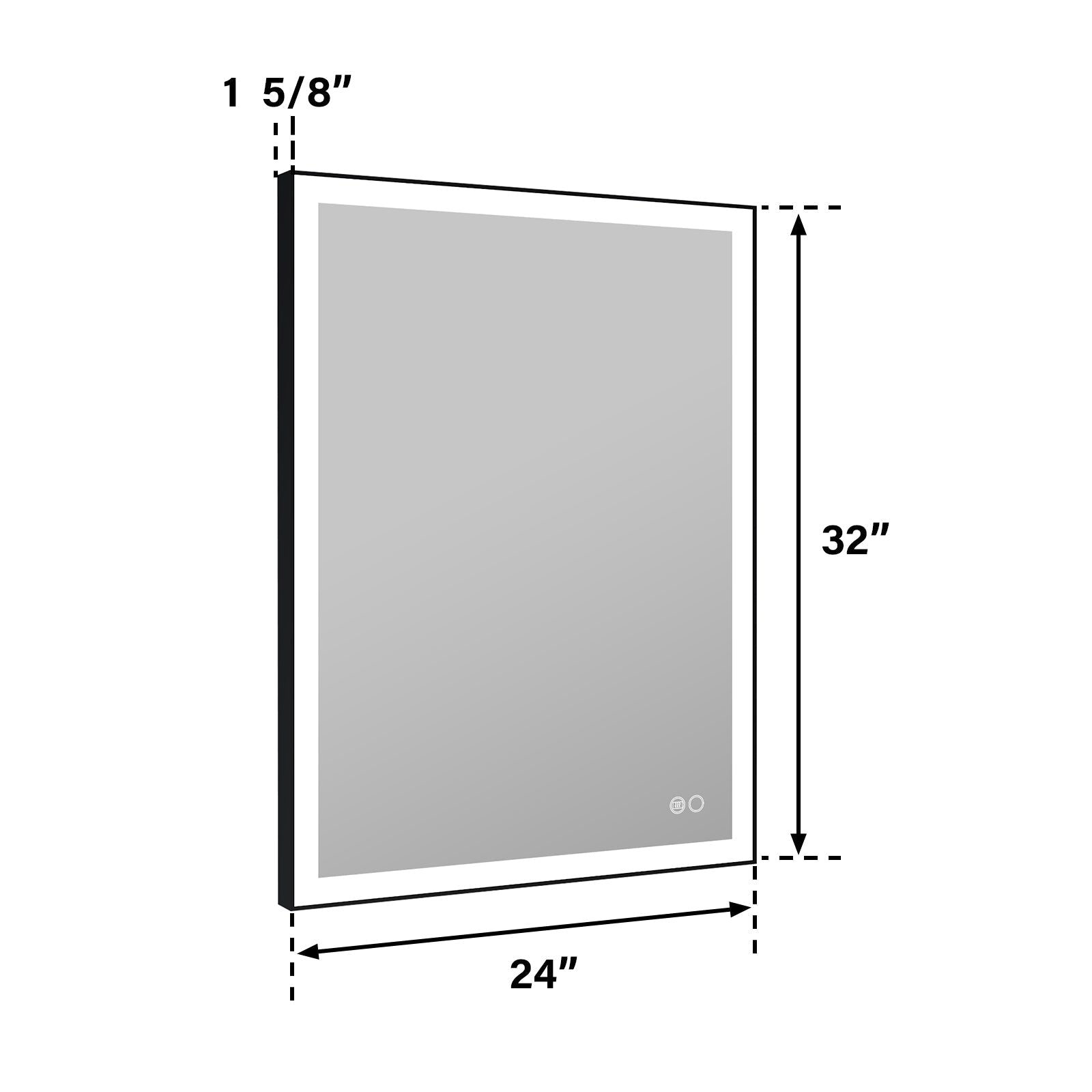
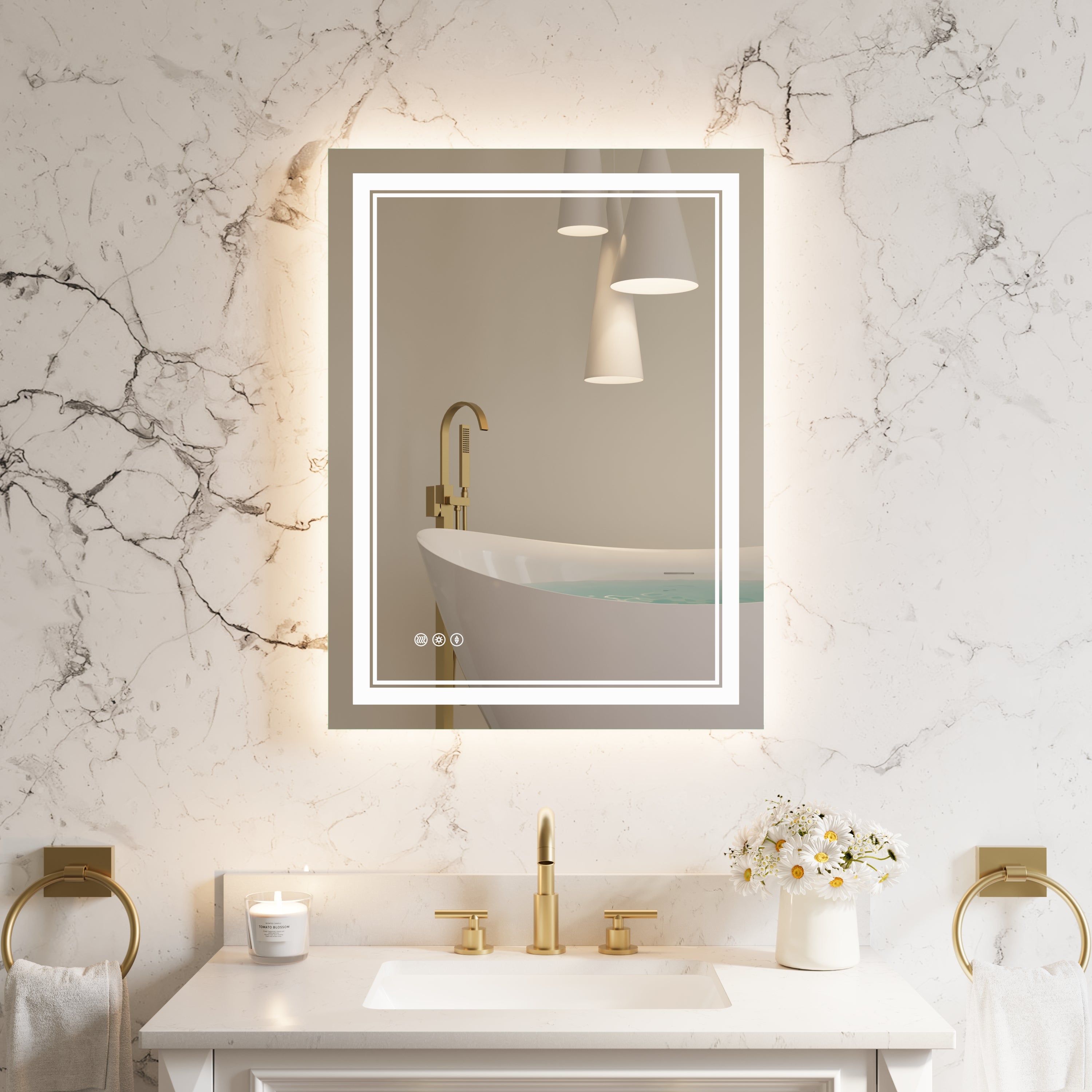
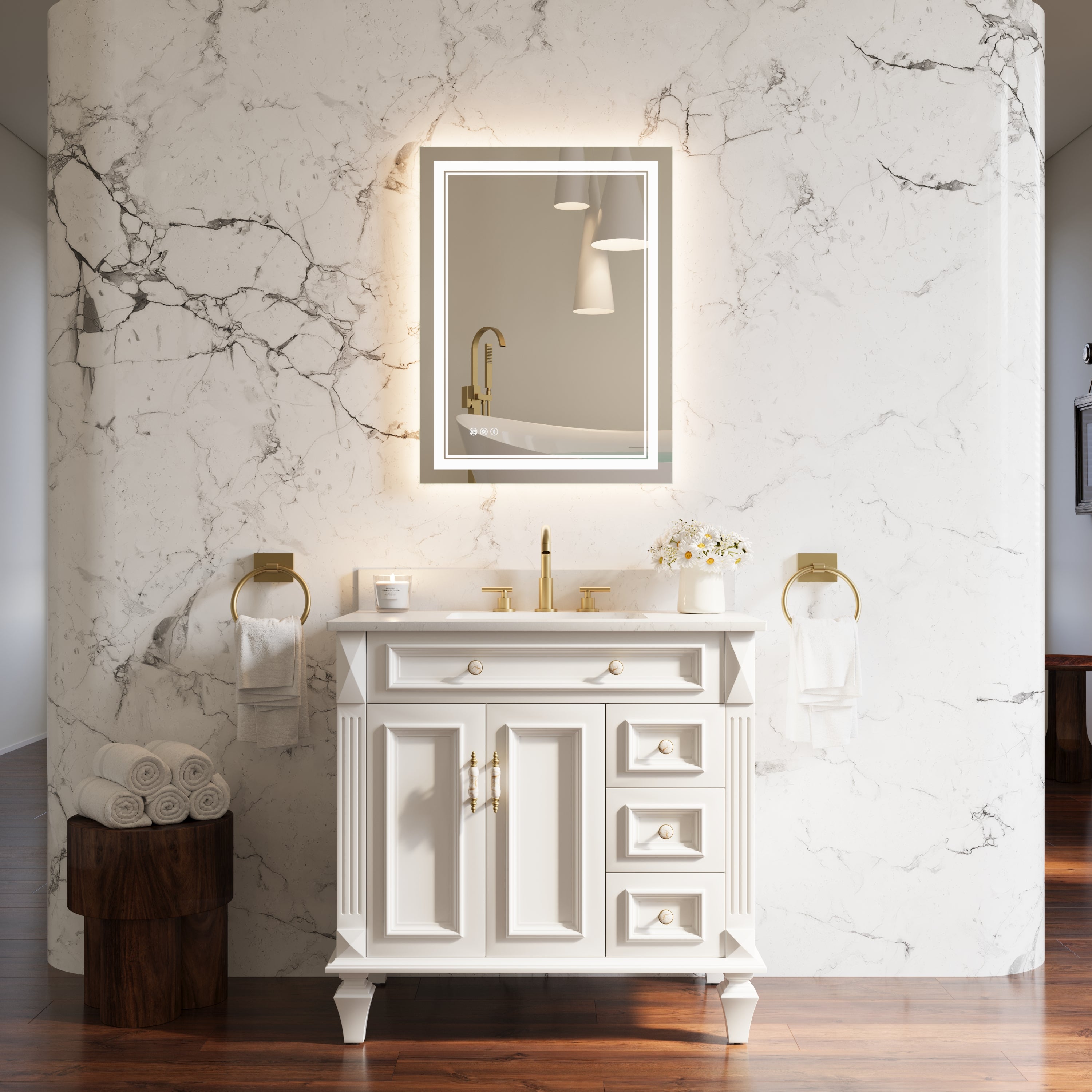
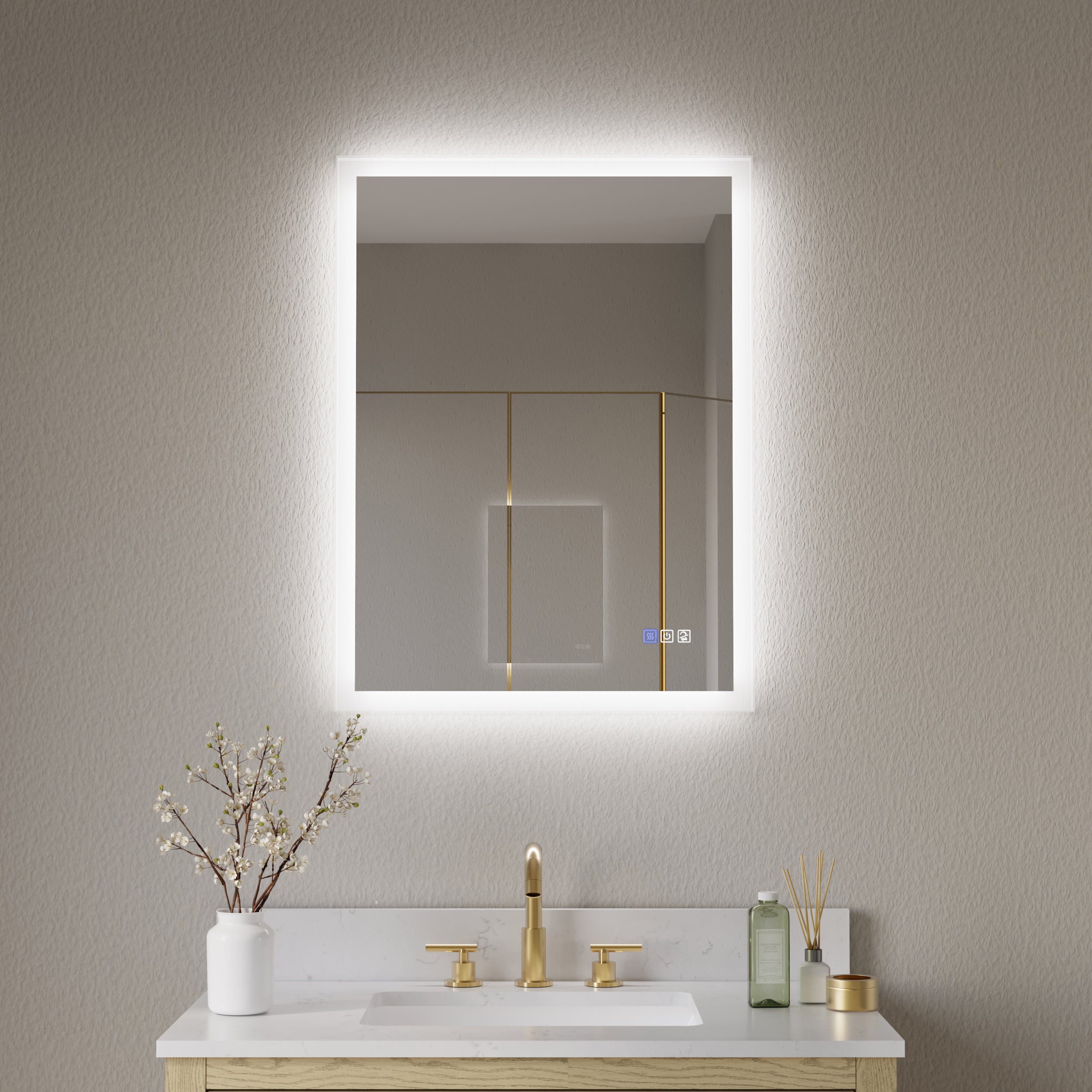

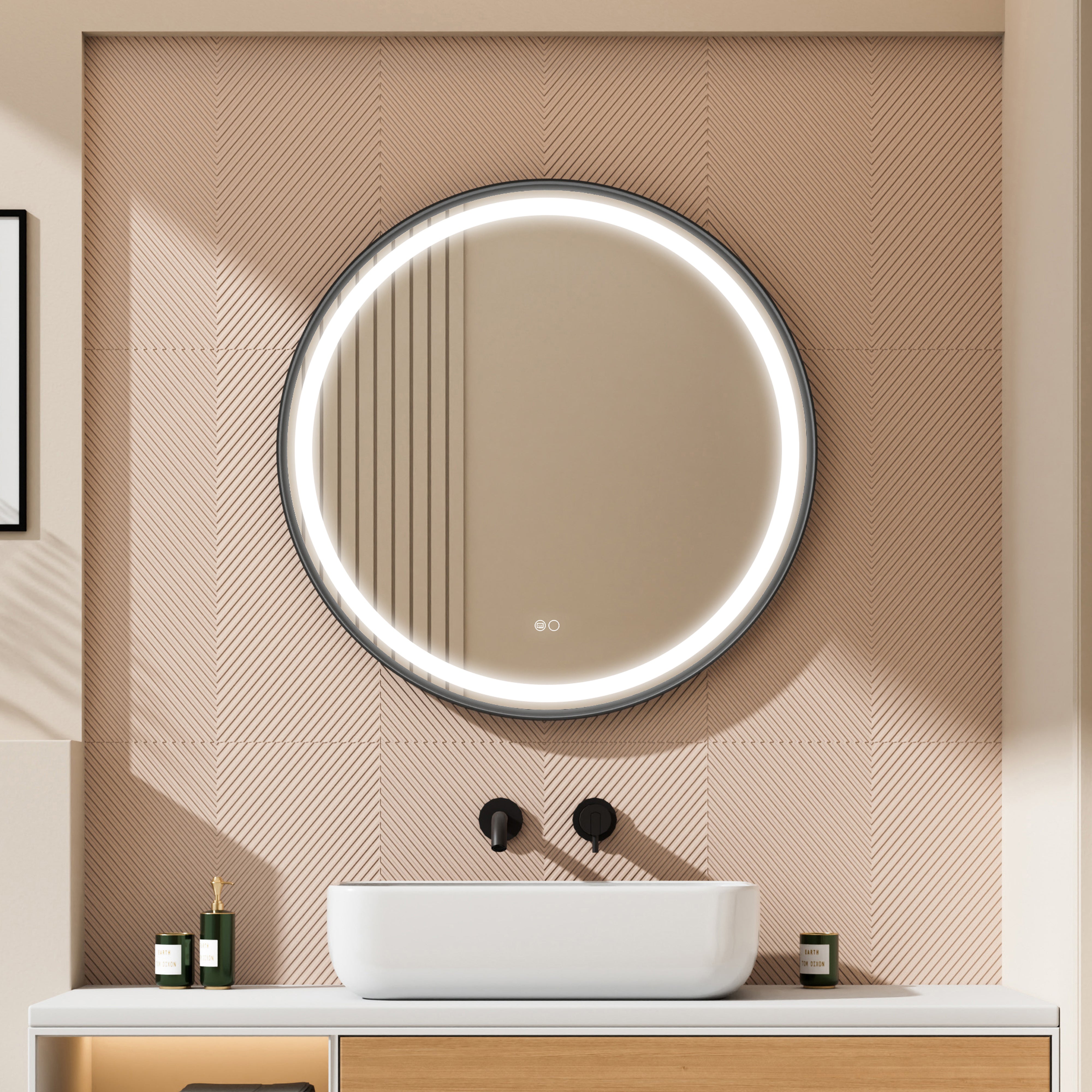
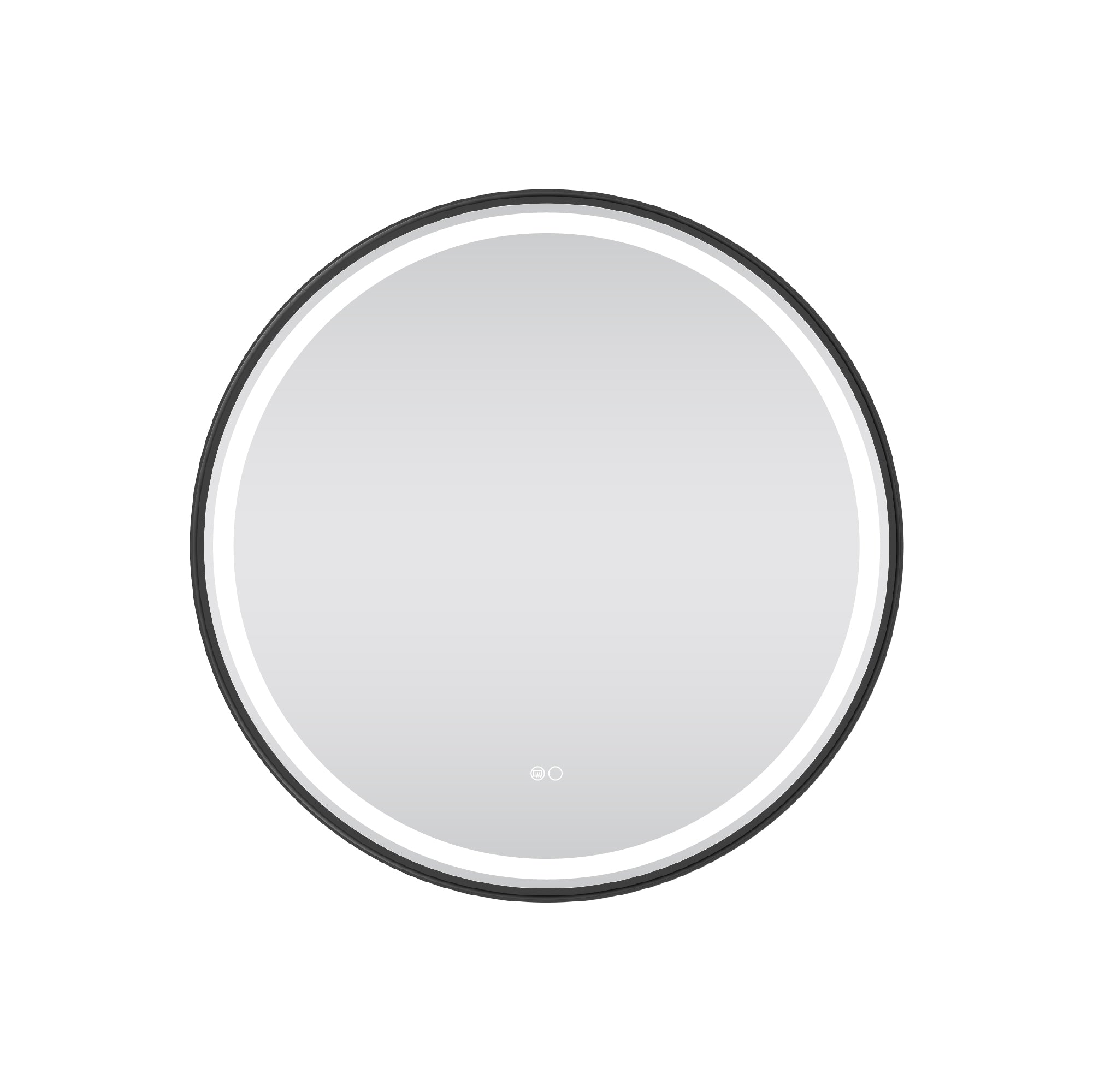


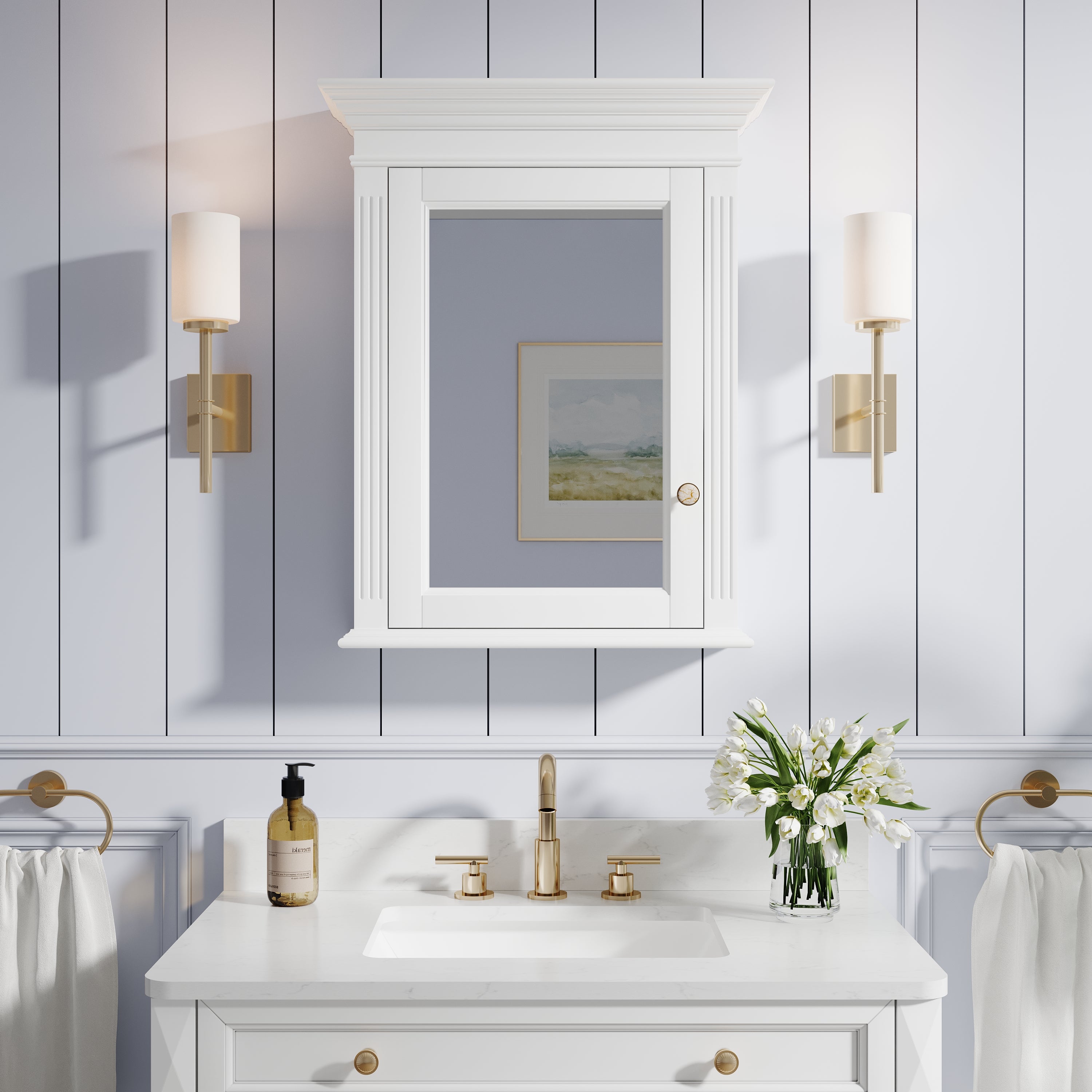
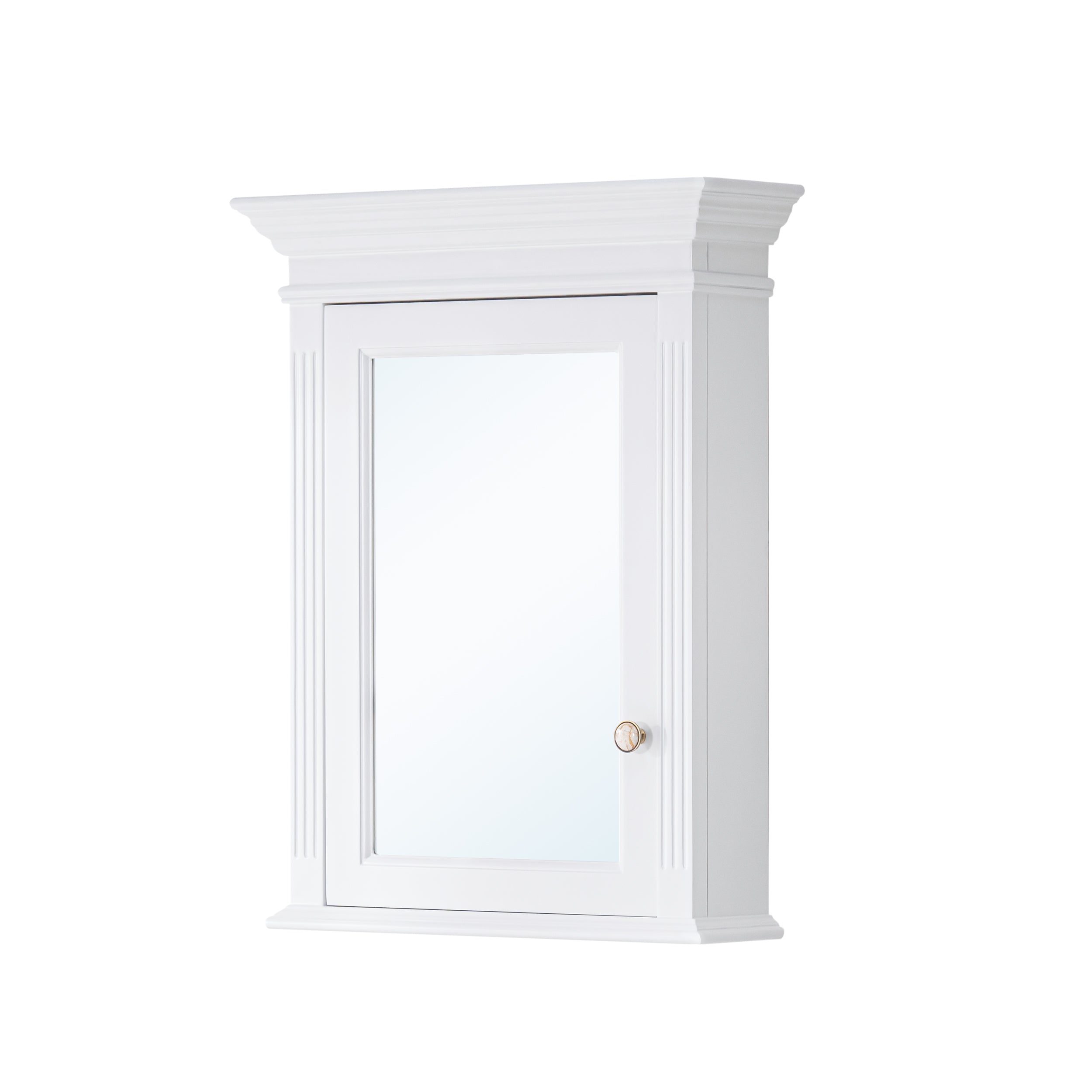
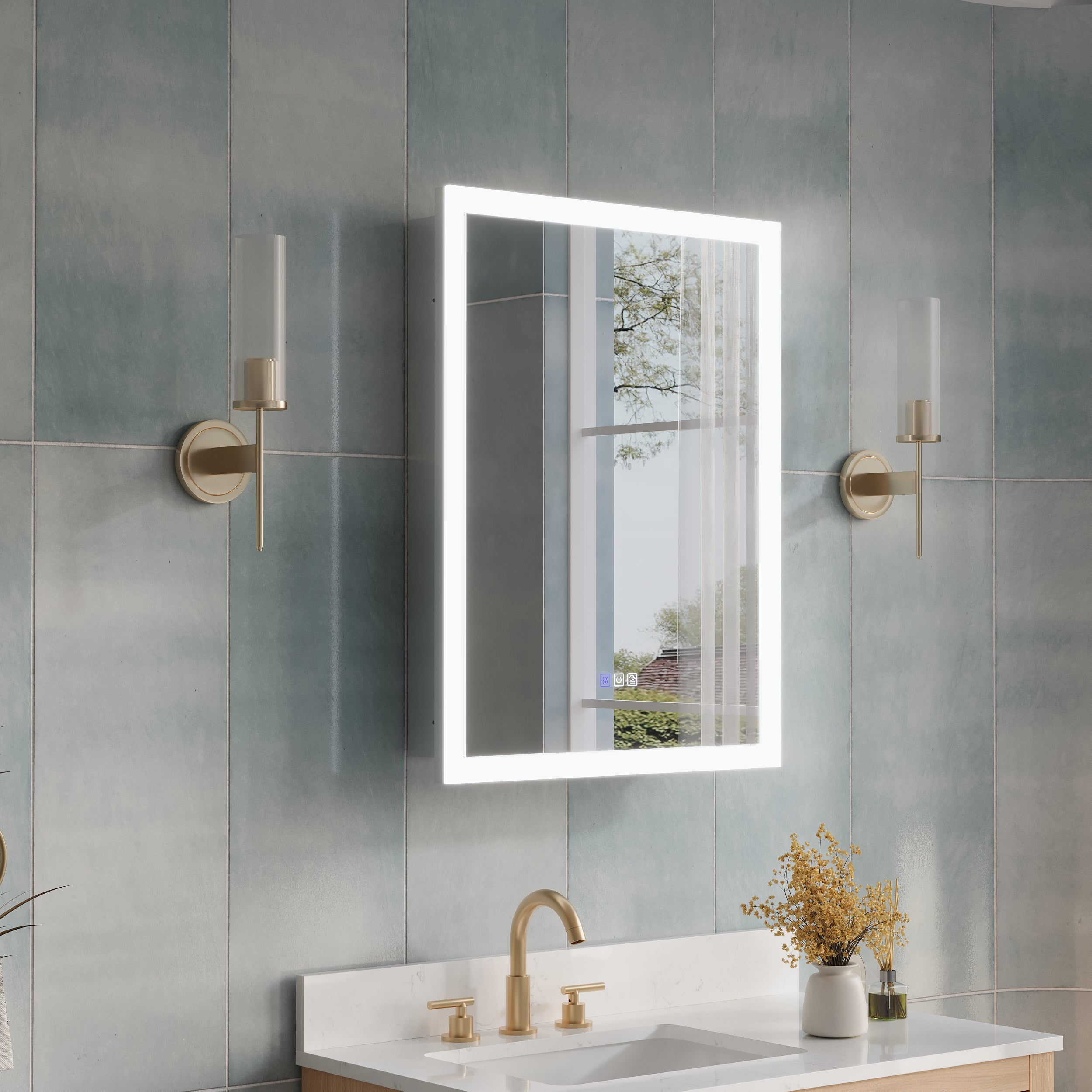
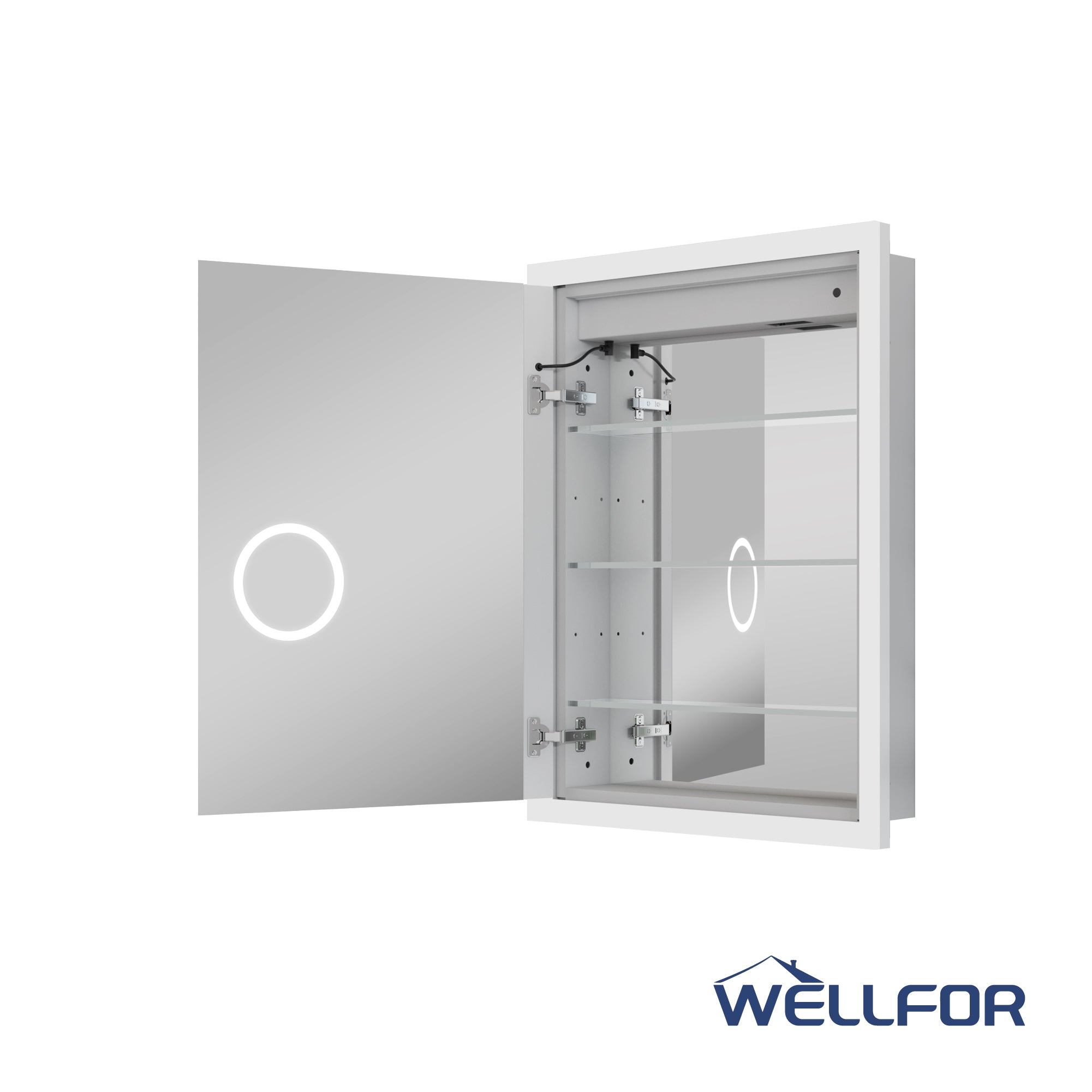
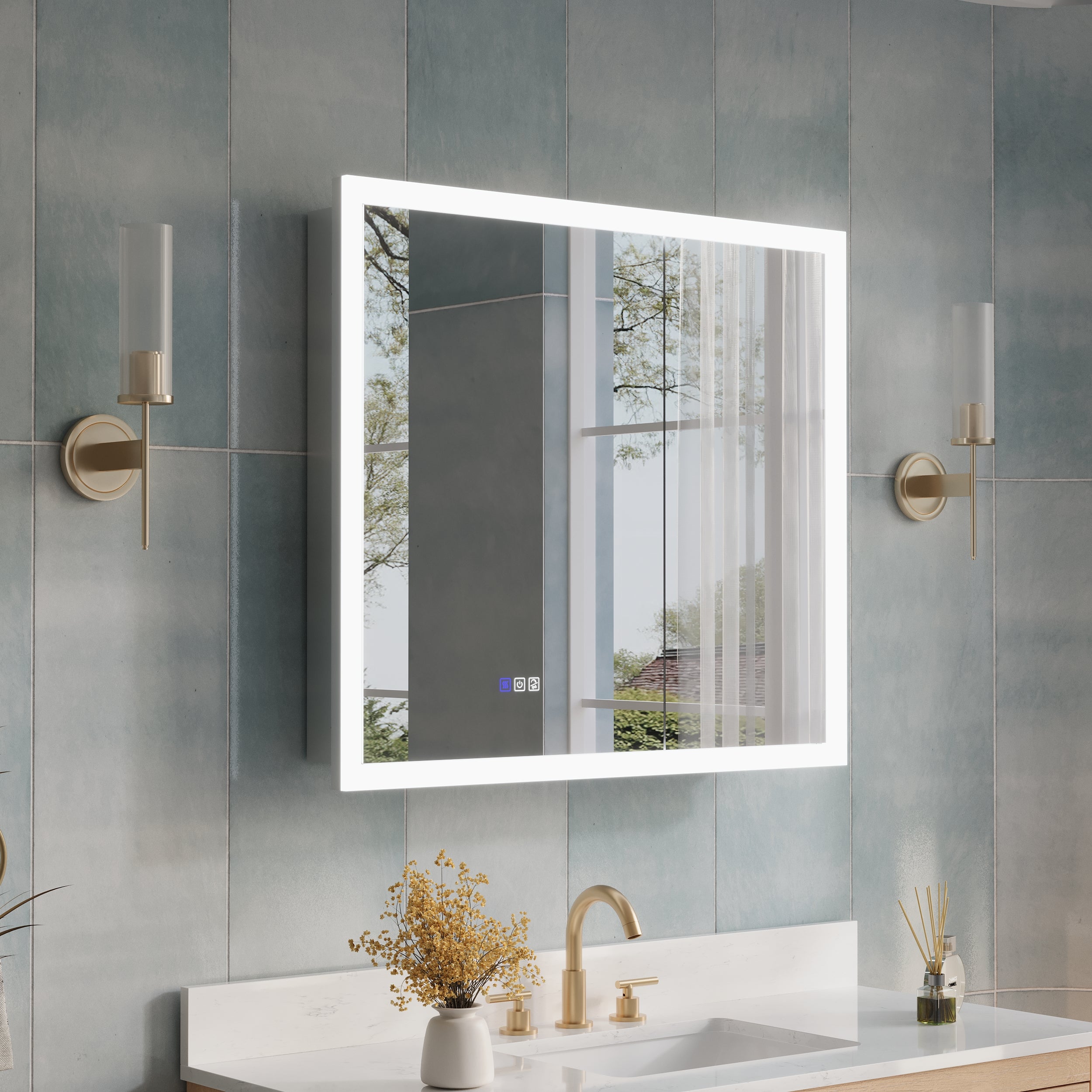




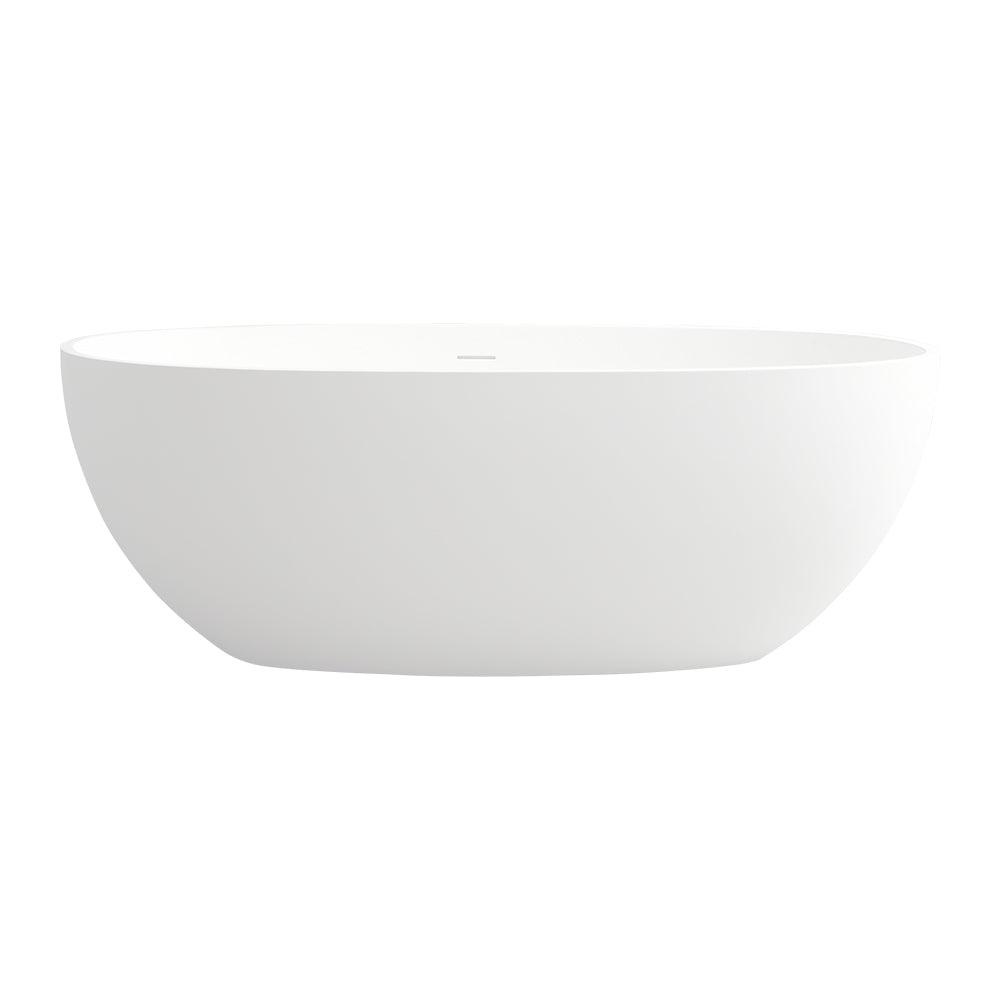
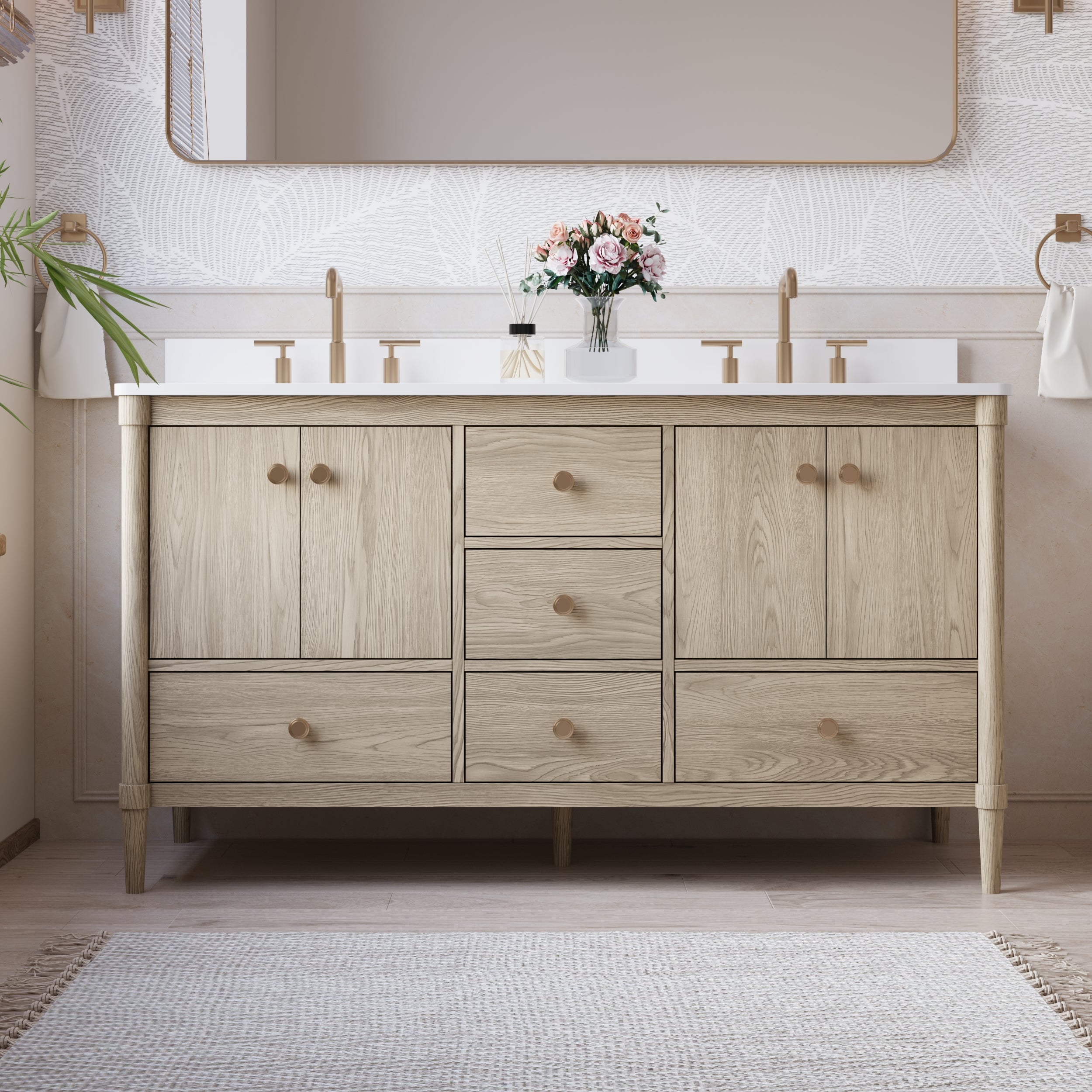
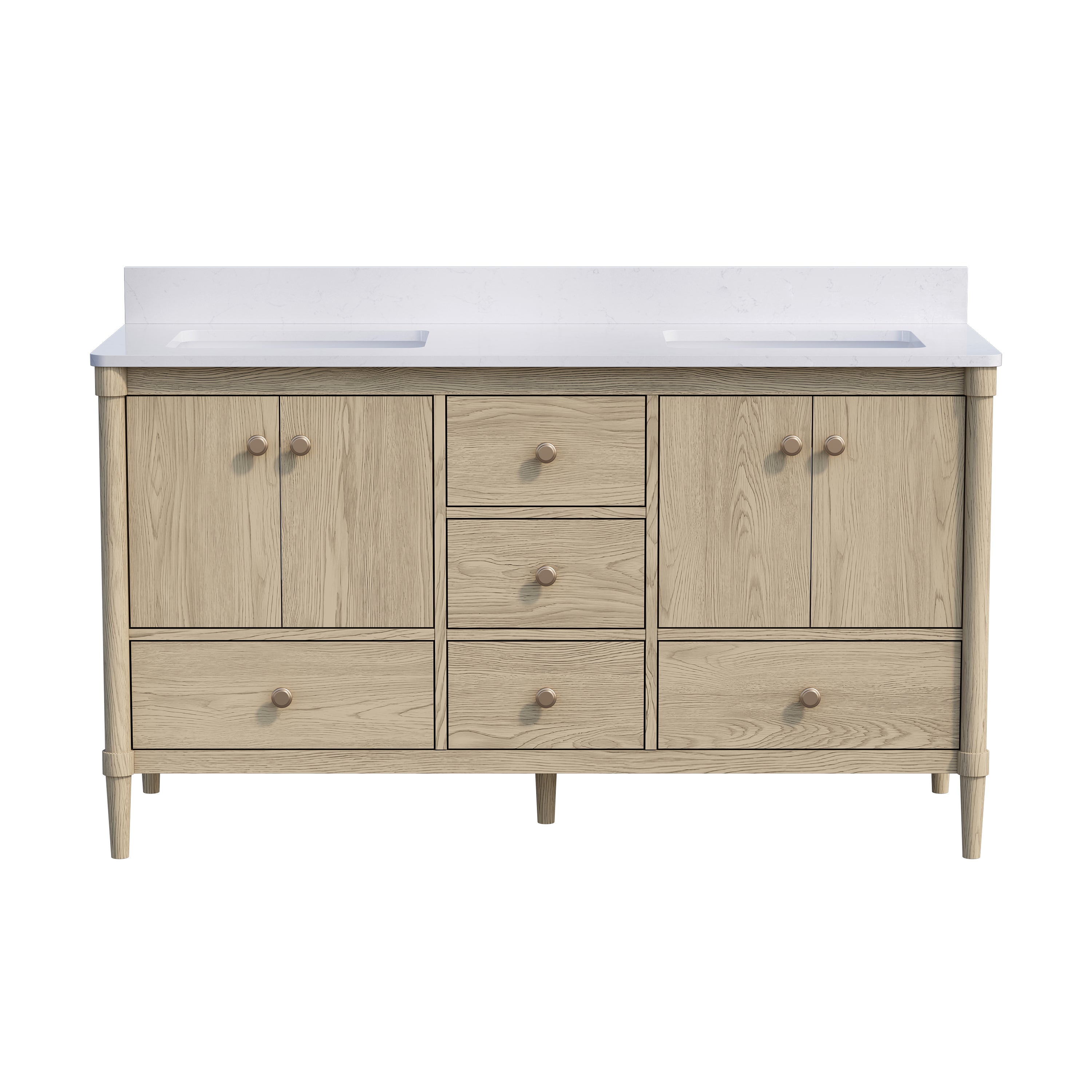
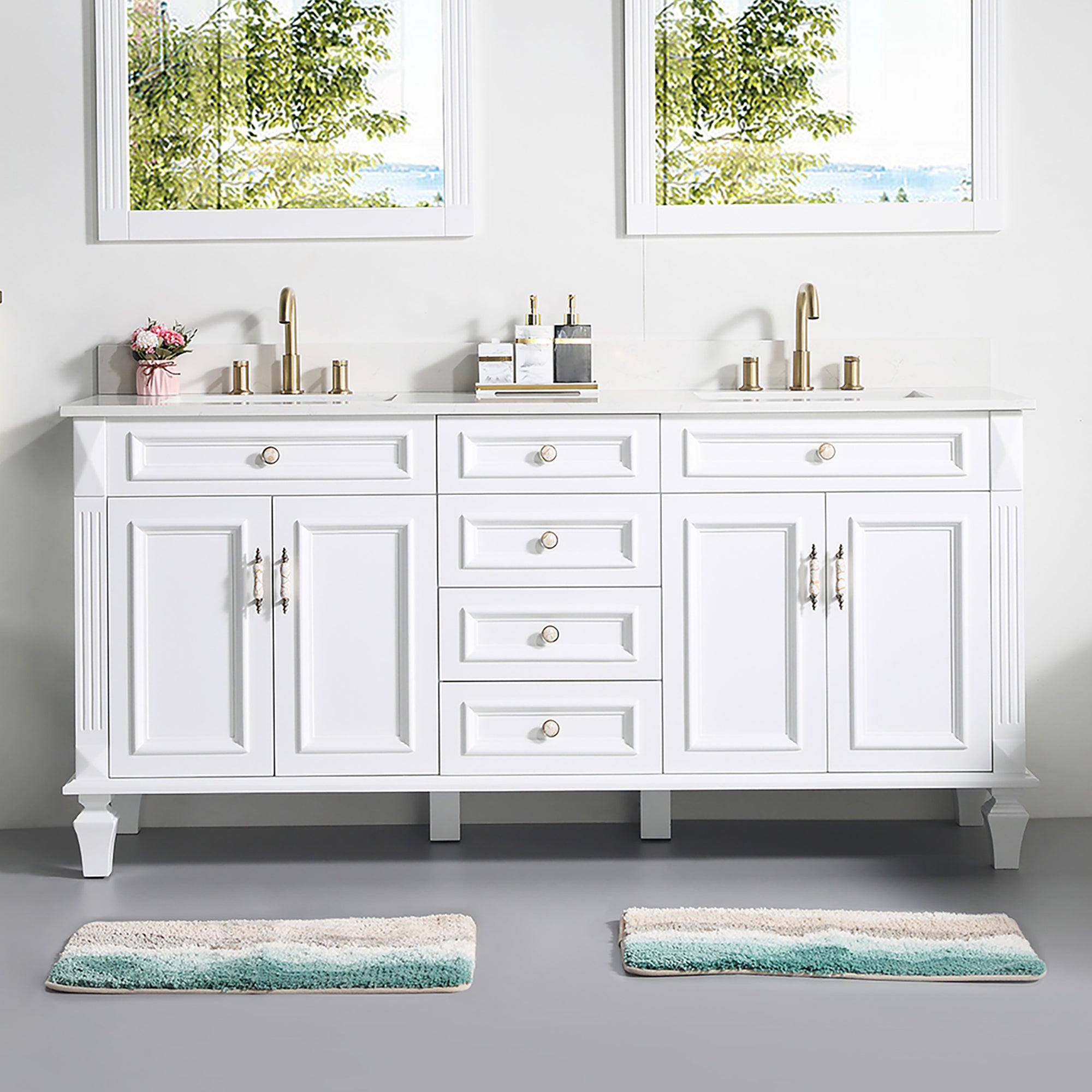

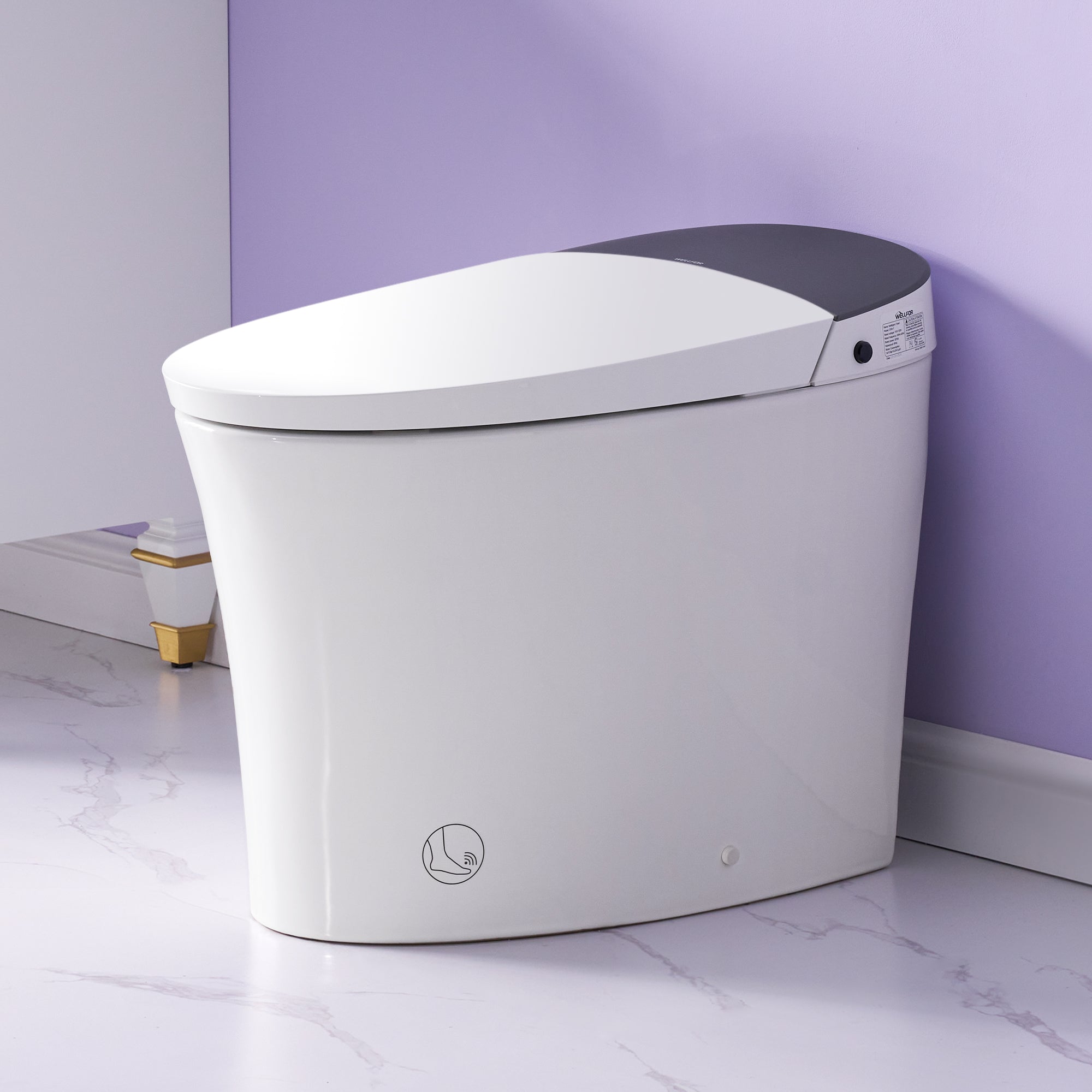
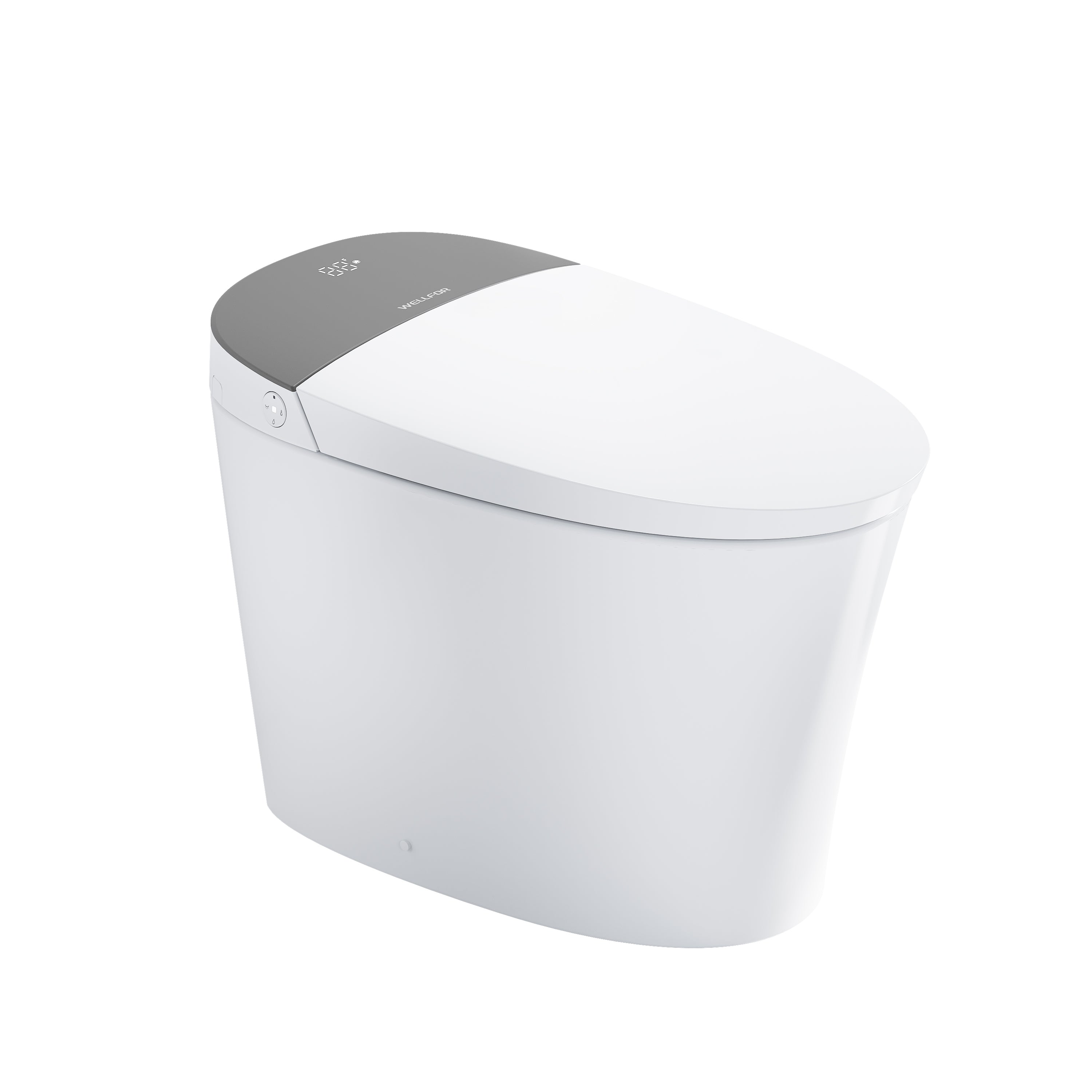

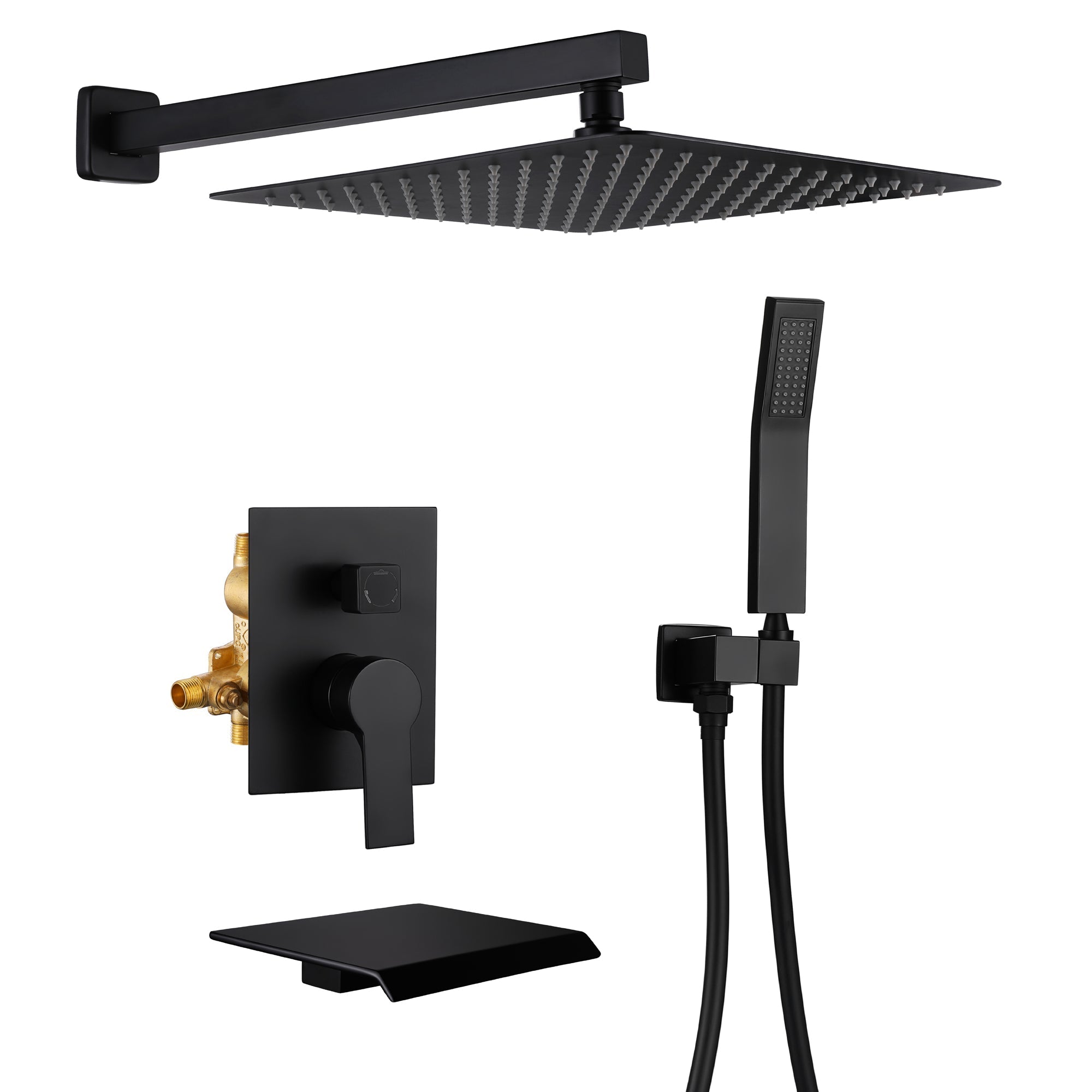
Leave a comment
This site is protected by hCaptcha and the hCaptcha Privacy Policy and Terms of Service apply.